How Do I Make My Electric Guitar Look Old?
Have Fun Turning Your Nice New Shiny Guitar Into An Old Relic!
Here is an overview on relicing your guitar (making it look old!) but I have also included a couple of videos for you at the end too.
If you're a guitarist seeking that classic, well-worn aesthetic for your electric guitar, you've come to the right place. Creating an aged appearance, commonly known as "relicing," can give your instrument a unique, vintage charm. In this comprehensive guide, we'll explore various techniques to answer the common query: "How can I make my electric guitar look old?"
1. **Preparation is Key:**
Before diving into the relicing process, gather the necessary materials. You'll need sandpaper (varying grits), steel wool, screwdrivers, pliers, painter's tape, cloth, stains or dyes, and optional items like clear lacquer or polyurethane finish.
2. **Strip Down the Guitar:**
Begin by removing all detachable parts, such as strings, pickguard, knobs, and other hardware. This ensures a thorough relicing process for all components.
3. **Physical Distressing:**
- Use sandpaper to wear down the finish on the body and neck. Focus on areas prone to natural wear, like the edges and back of the neck.
- Employ steel wool for a smoother, more natural appearance. Experiment with different pressure levels to achieve various levels of distress.
4. **Distress the Hardware:**
- Grab a screwdriver, hammer, and pliers to gently distress metal parts like screws and nuts. Tap them to create dings and scratches while avoiding functionality compromise.
5. **Faux Rust and Aging:**
- Introduce faux rust by applying a mixture of vinegar and salt to metal parts. Allow it to sit before wiping it off for an authentic aged look.
- Apply a stain or dye to the wood with a cloth or sponge. Focus on areas that would naturally darken over time, wiping away excess stain for subtlety.
6. **Crack the Finish (Optional):**
- For an advanced technique, simulate finish checking by applying stress to the finish. Utilize a temperature difference method—heat the finish and cool it rapidly. Exercise caution to avoid potential wood damage.
7. **Protective Coating (Optional):**
- Opt for a clear lacquer or polyurethane finish to safeguard the relic finish. This step is optional, as some prefer the natural, unprotected look.
8. **Reassemble with Care:**
- Once the relicing process is complete, reattach hardware, pickguard, and other components.
- Install new strings if needed.
Conclusion:
Achieving that vintage, worn-in appearance for your electric guitar is a rewarding process that adds character to your instrument. Whether you're aiming for subtle aging or a heavily distressed look, these relicing techniques can help you achieve the desired aesthetic.
Remember, relicing is an irreversible process, so take your time, experiment cautiously, and enjoy the journey of transforming your electric guitar into a timeless piece with a rich, aged personality. Embrace the unique character you've instilled in your instrument and let it tell its own story on stage or in your studio.
Links To Further Resrouces To Age Your Guitar....
Videos On Relicing Guitars
How To Relic A Guitar - Video 1
How To Relic Your Electric Guitar - Video 2




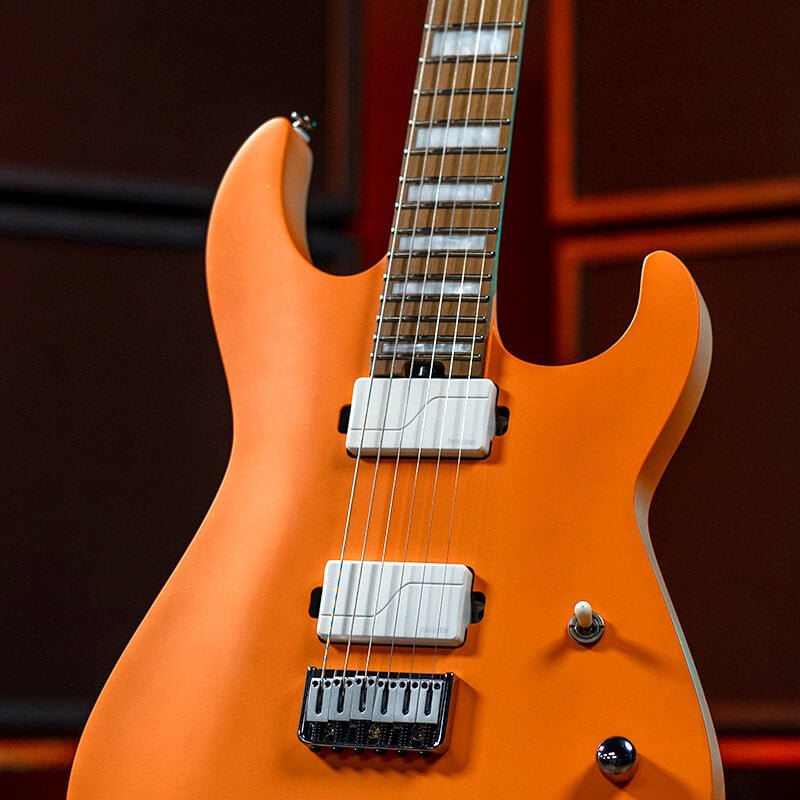

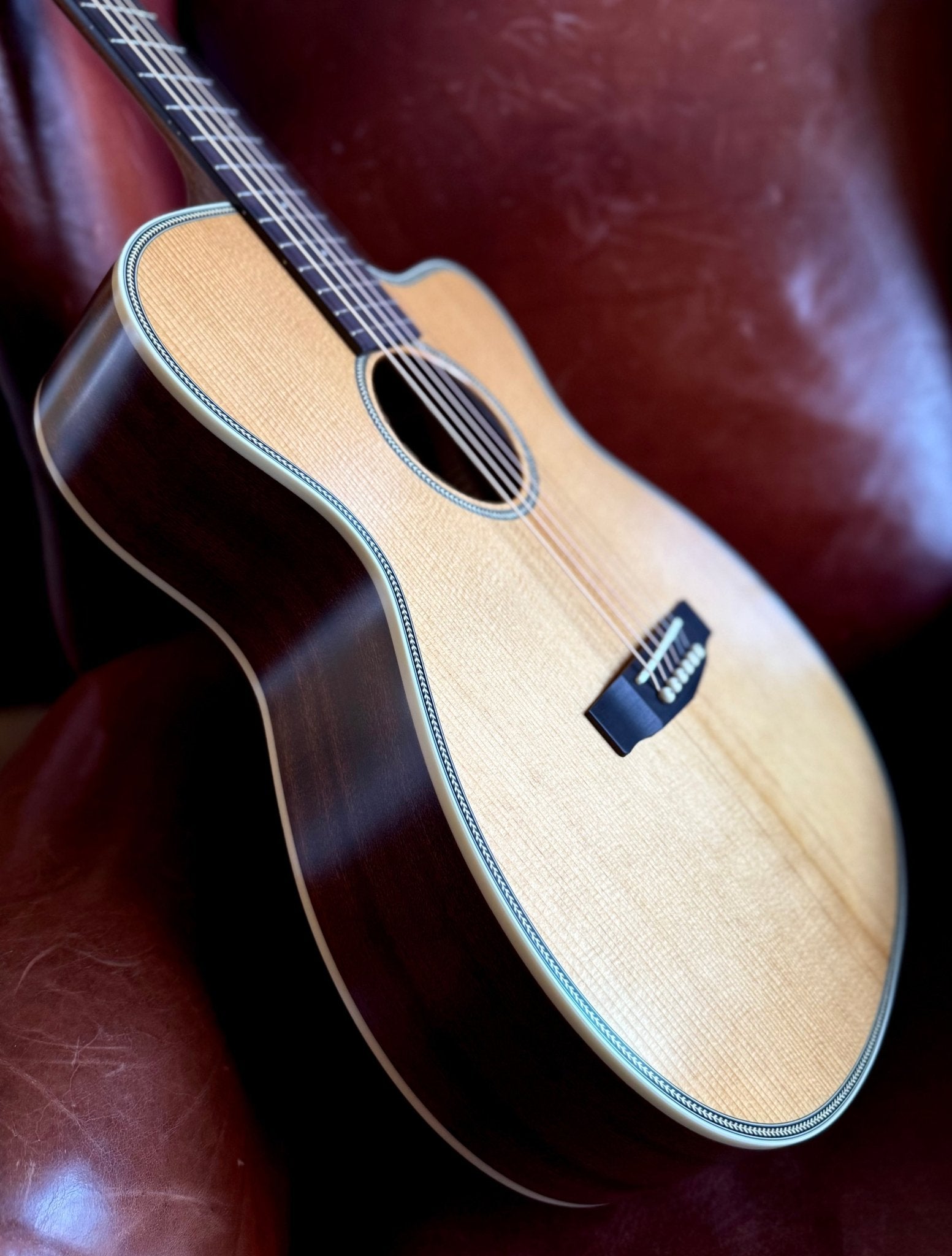
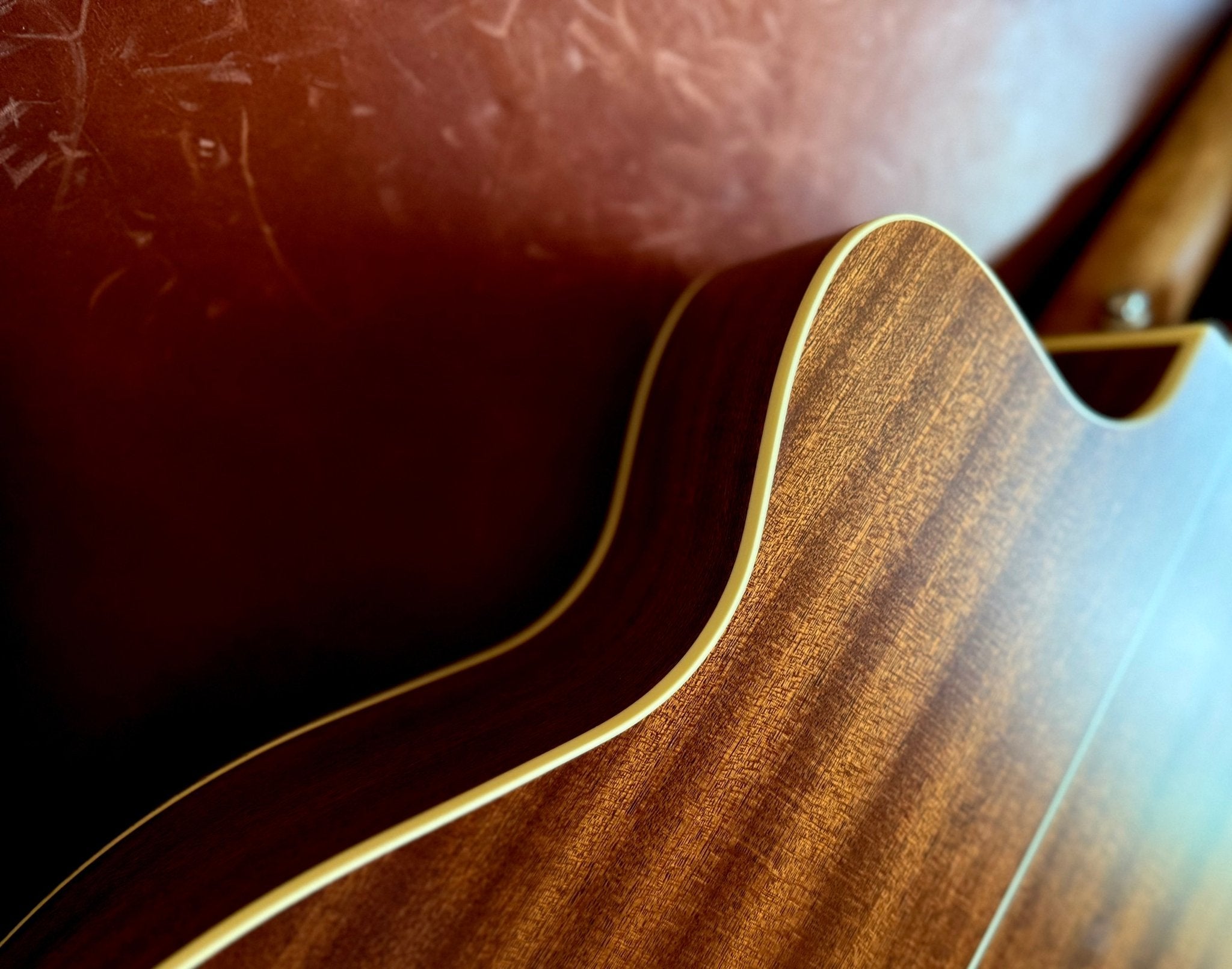
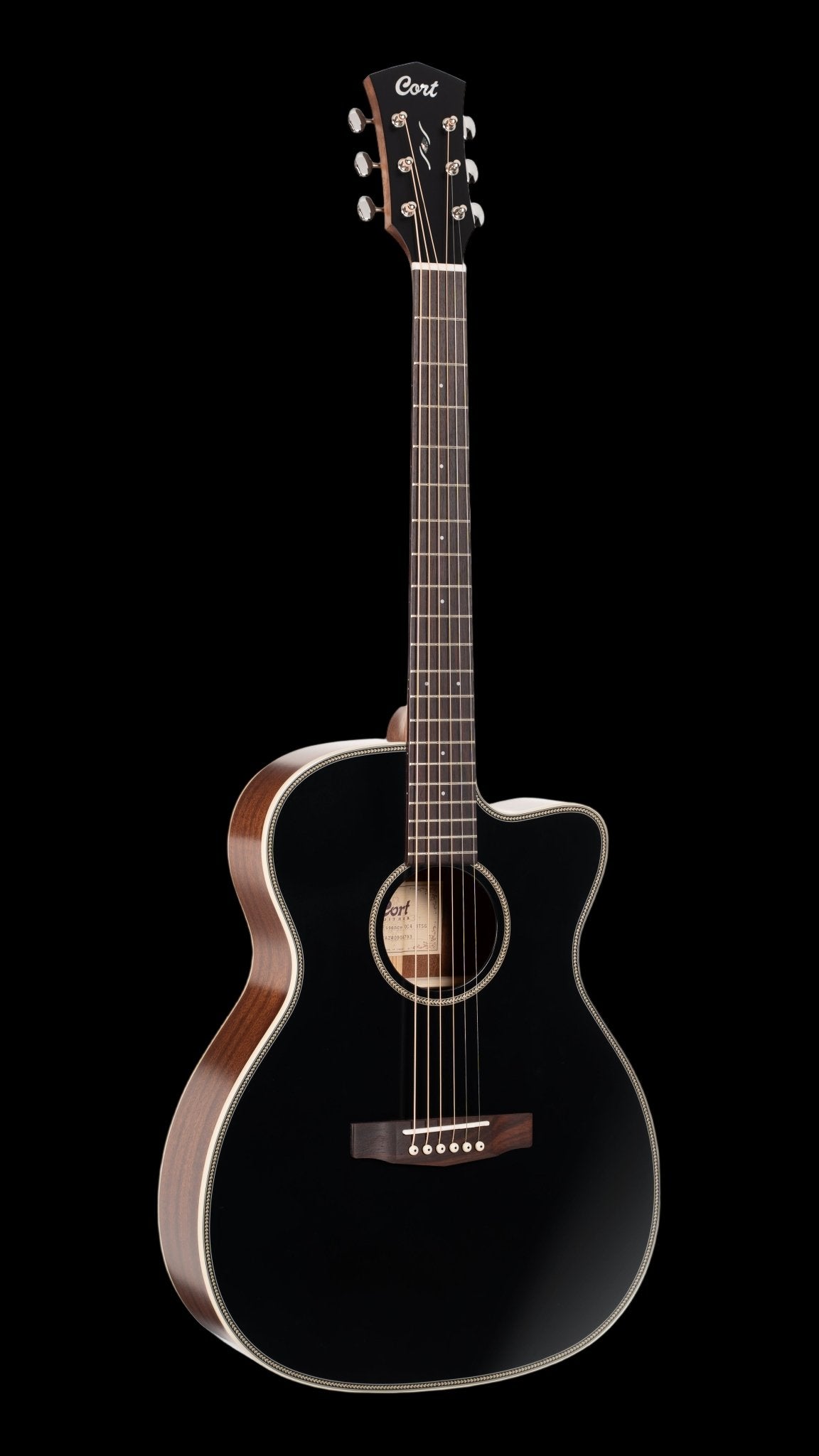
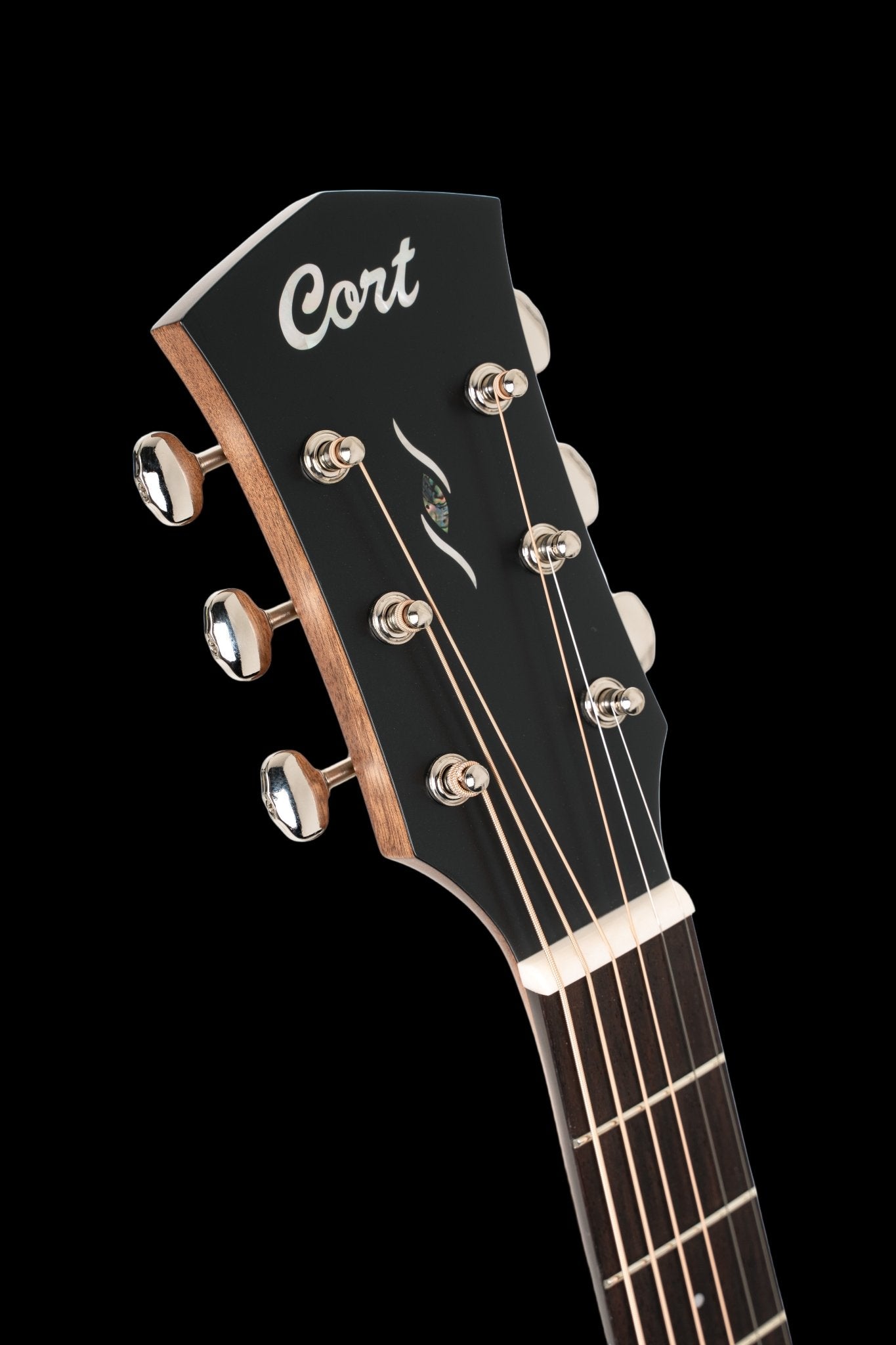
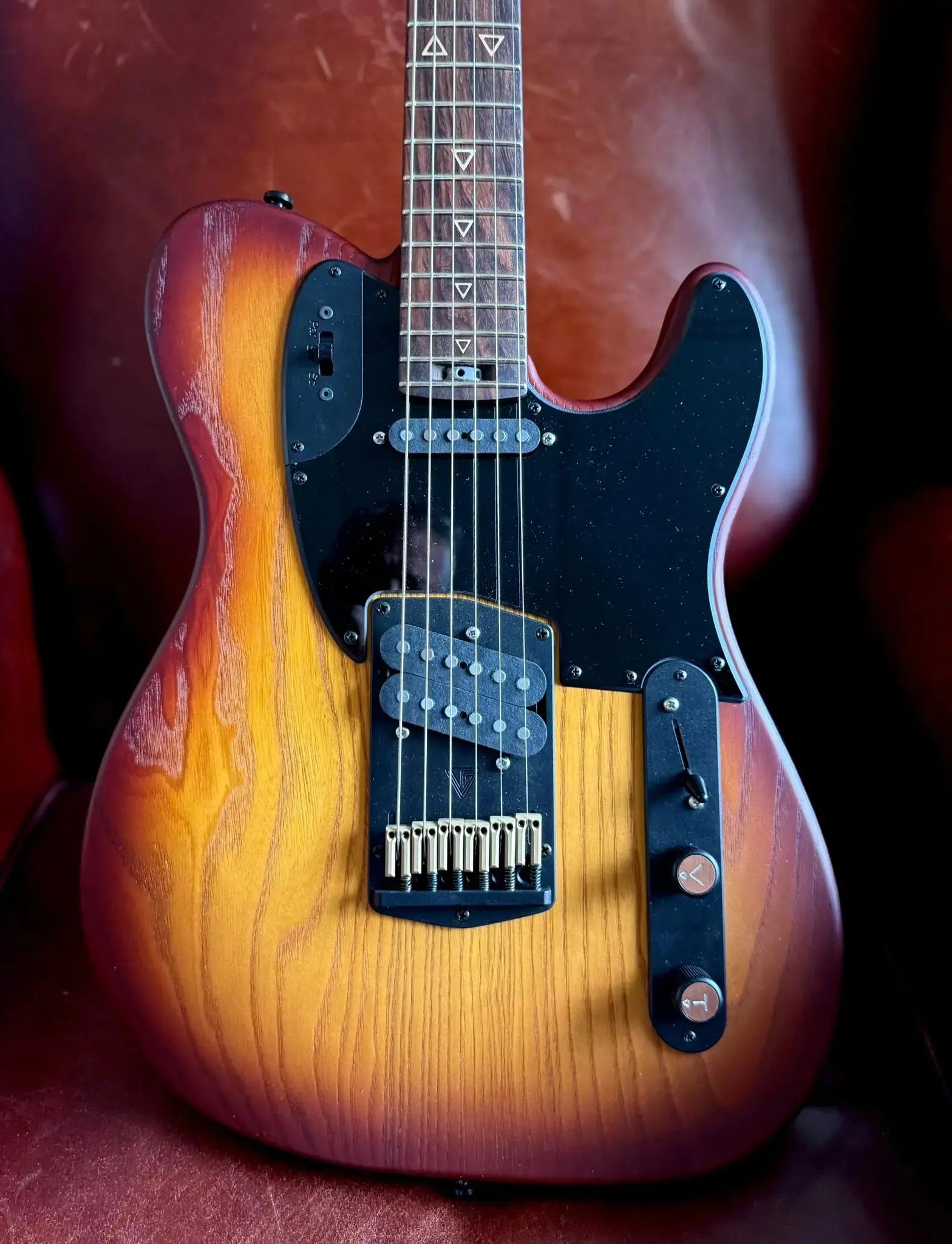
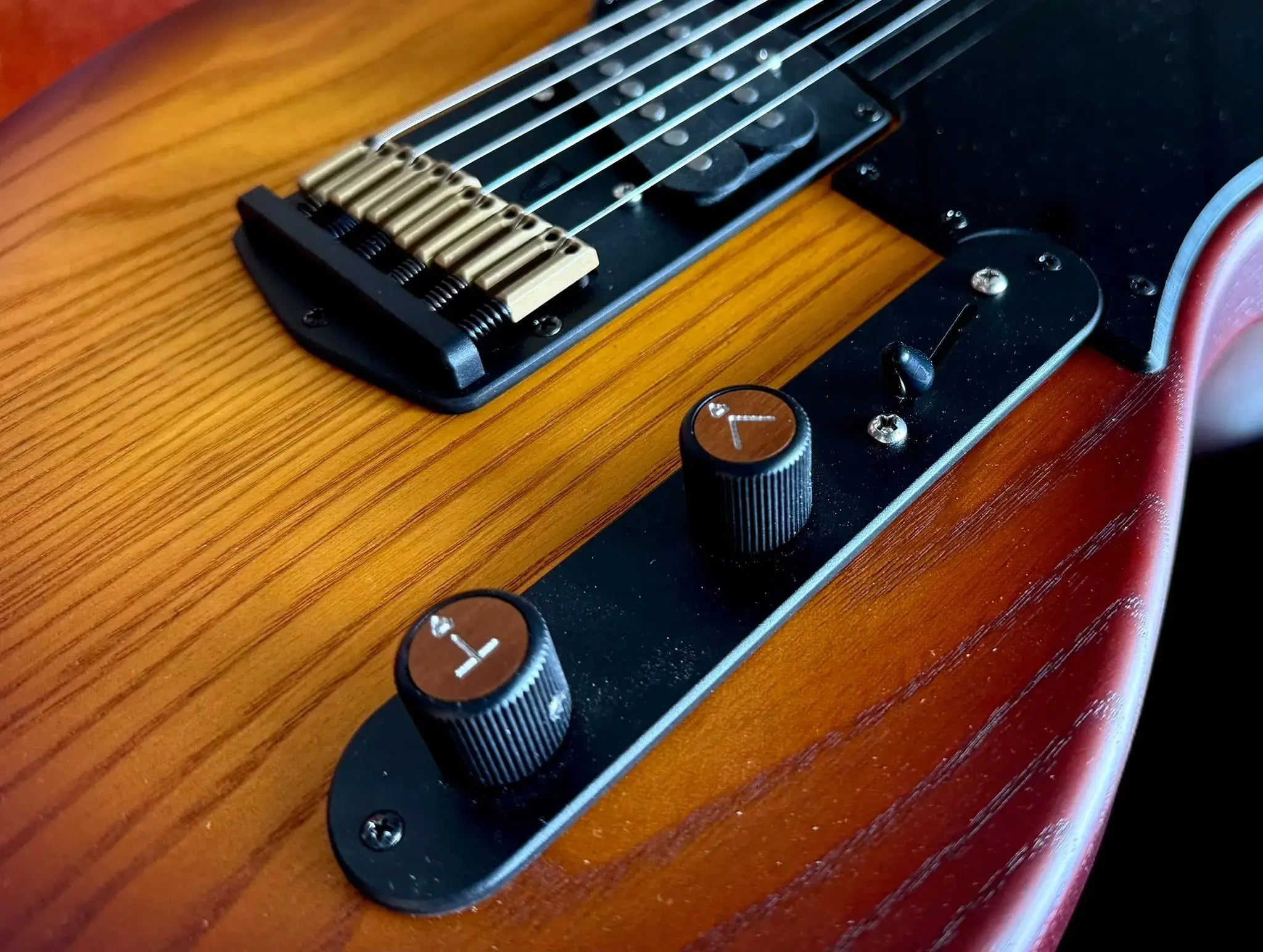
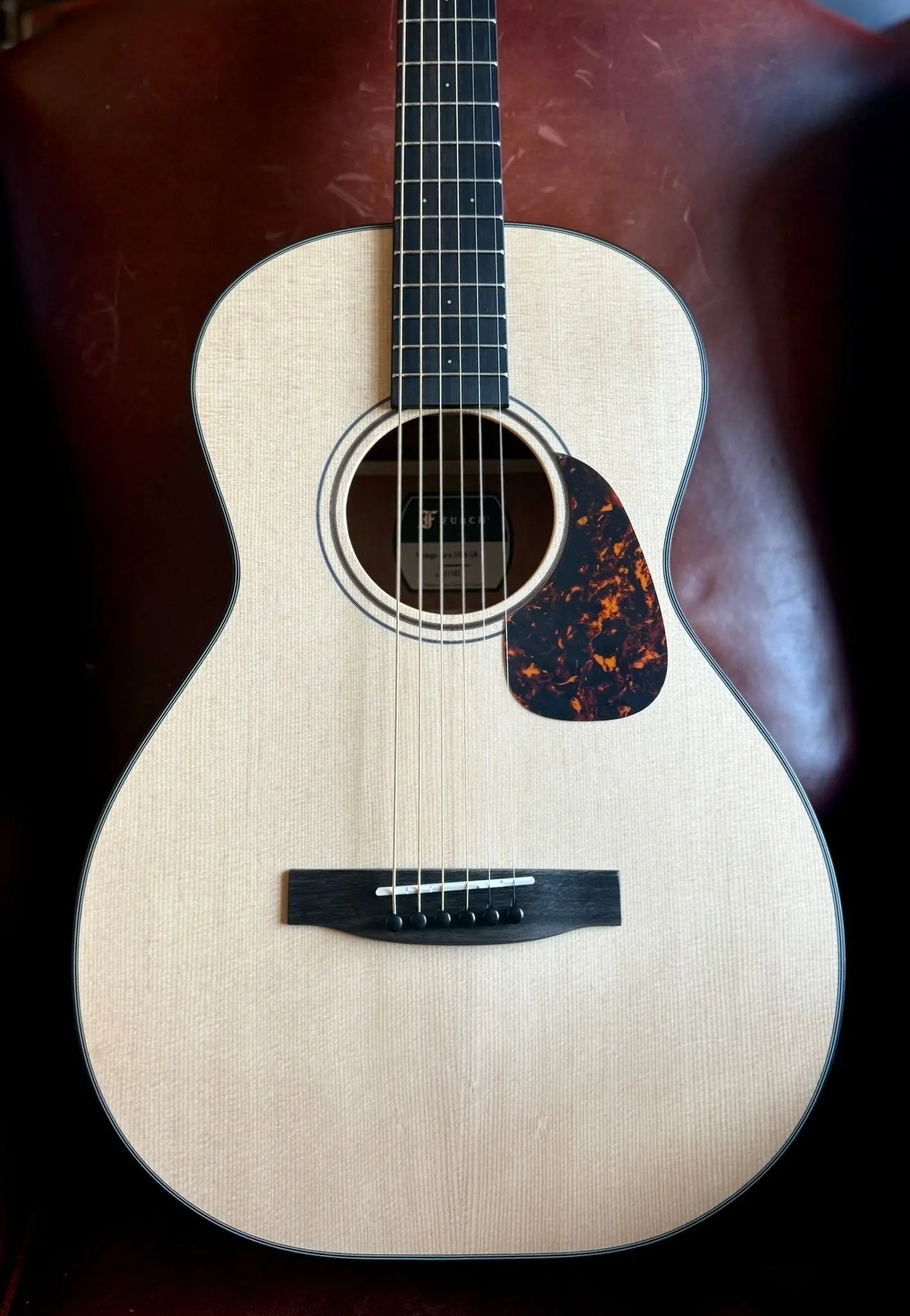
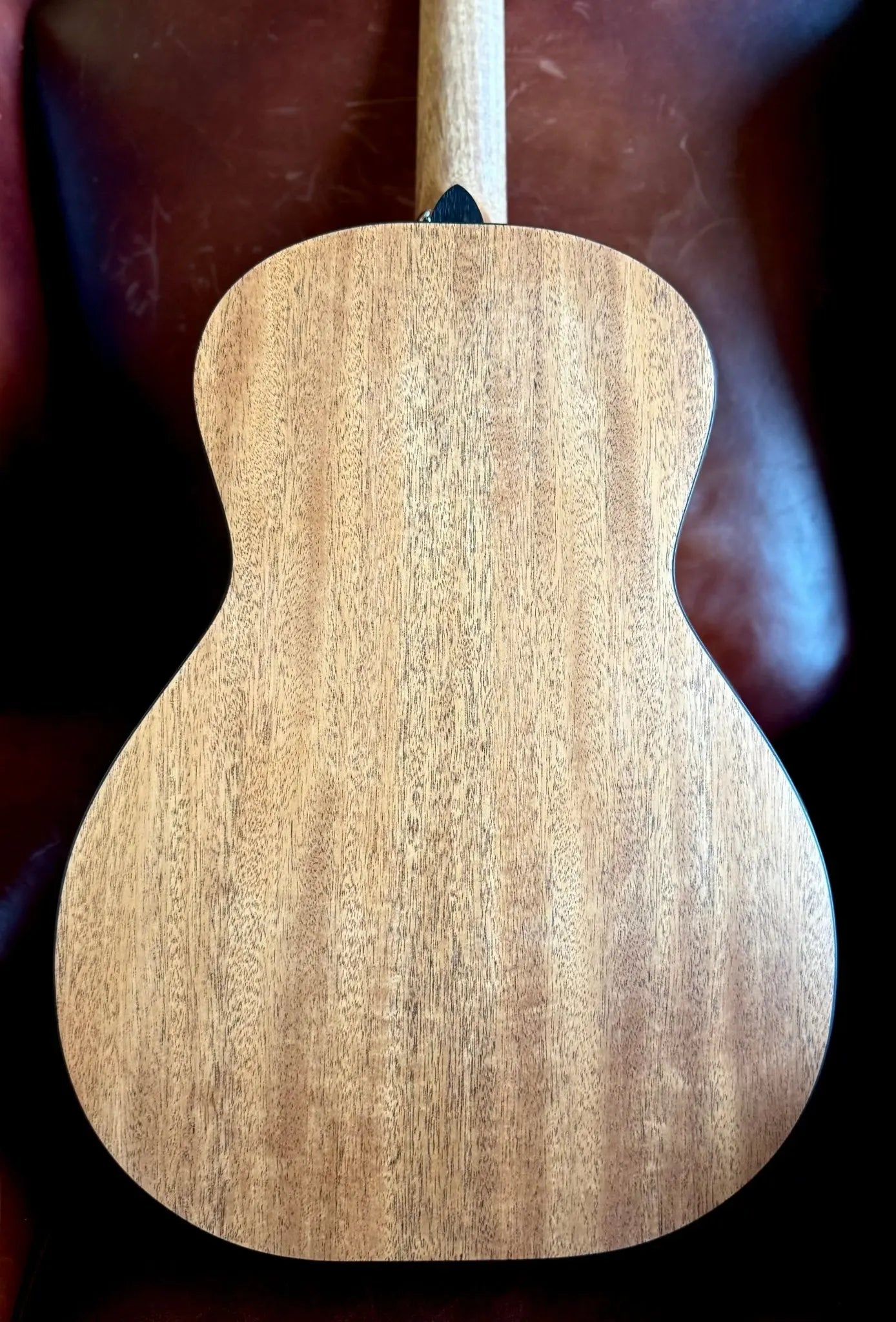
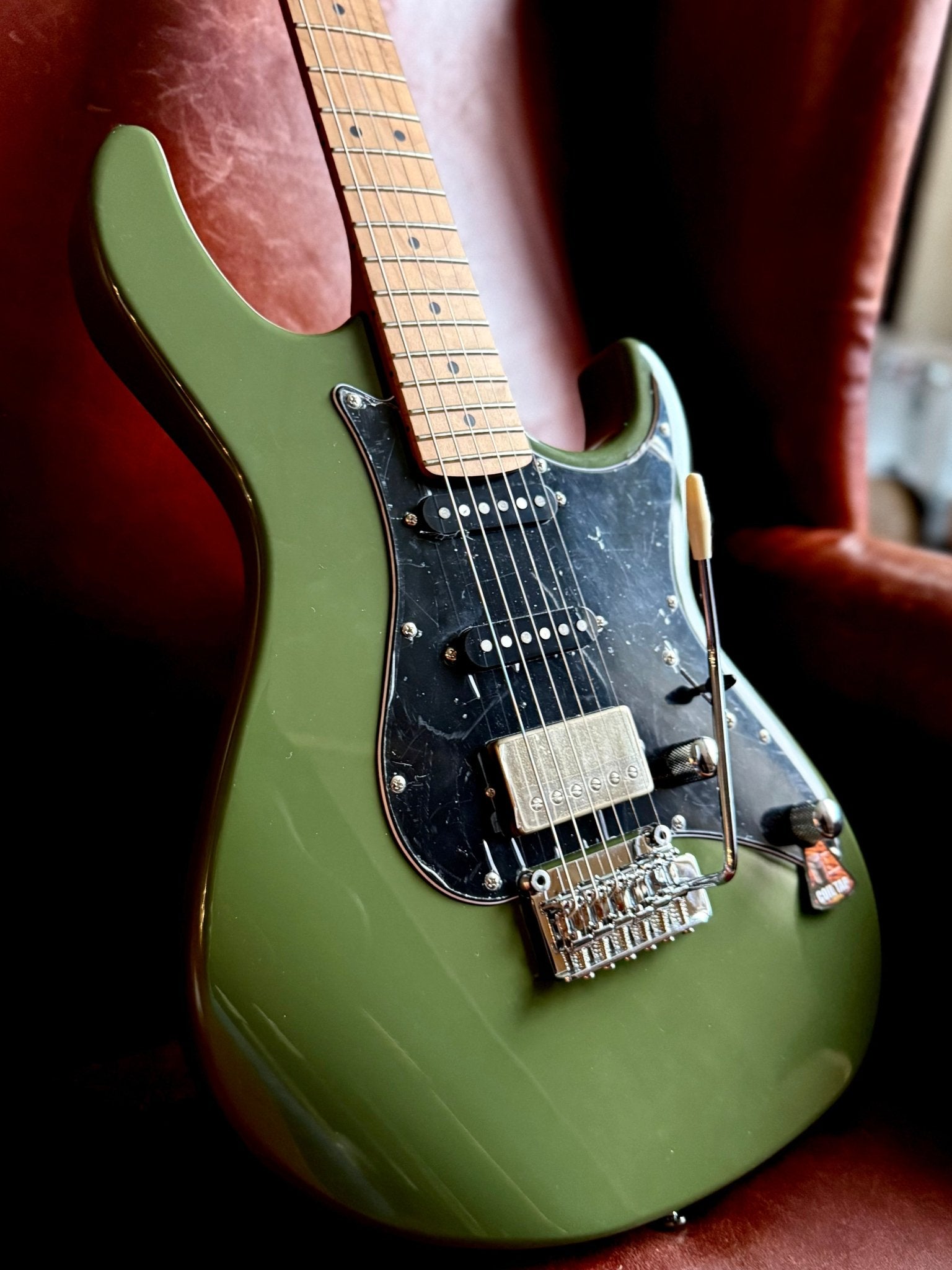
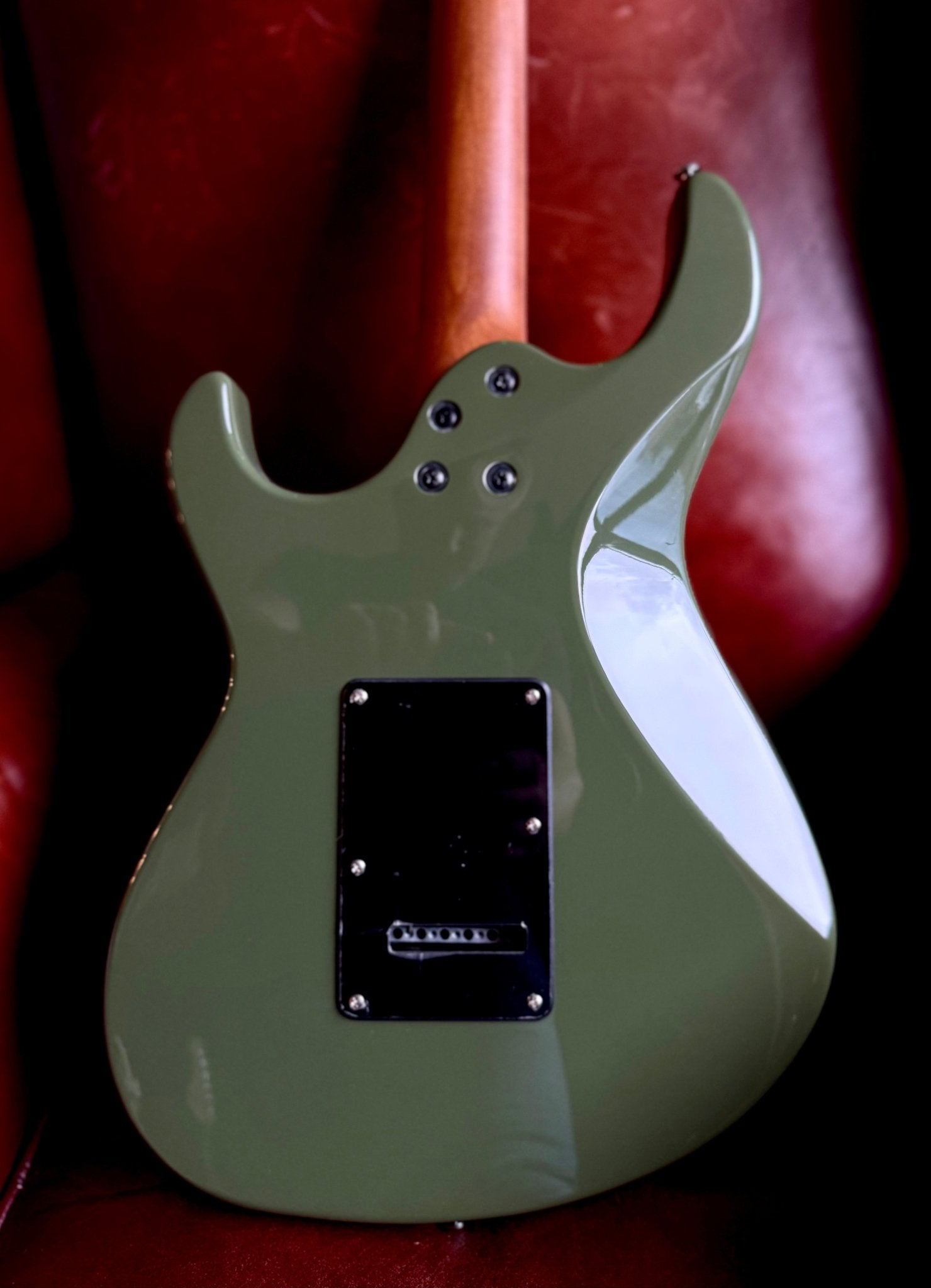
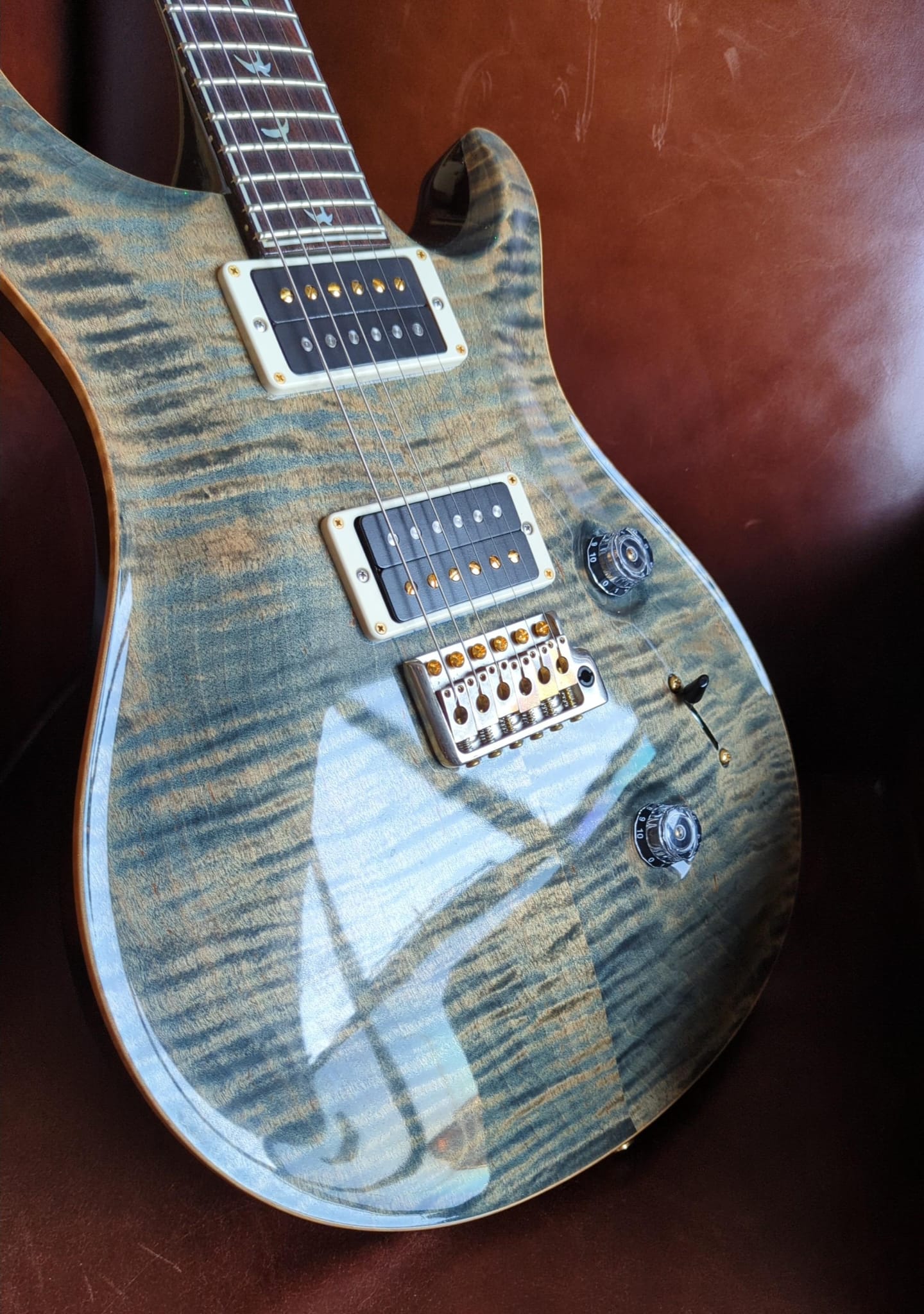
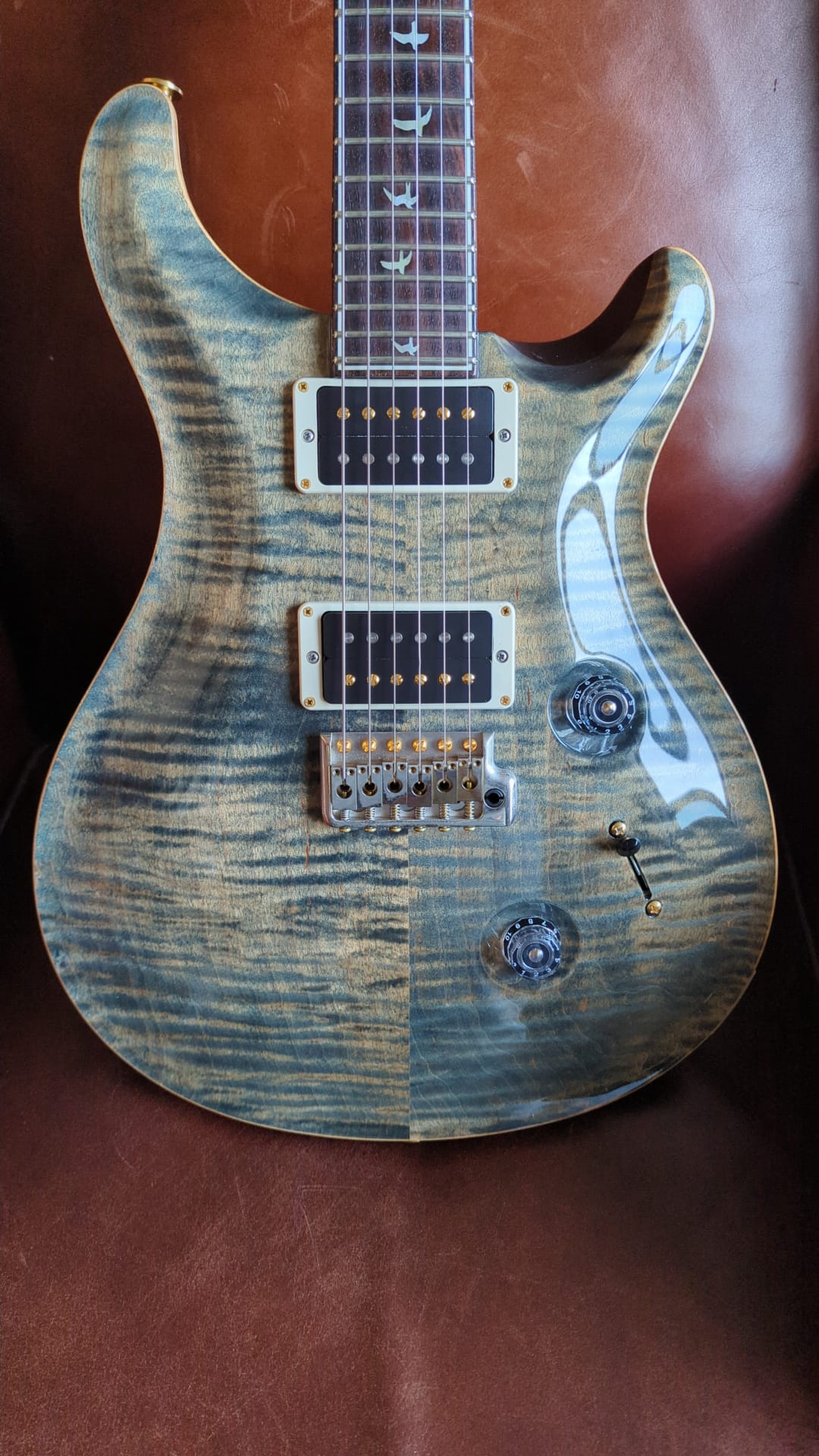
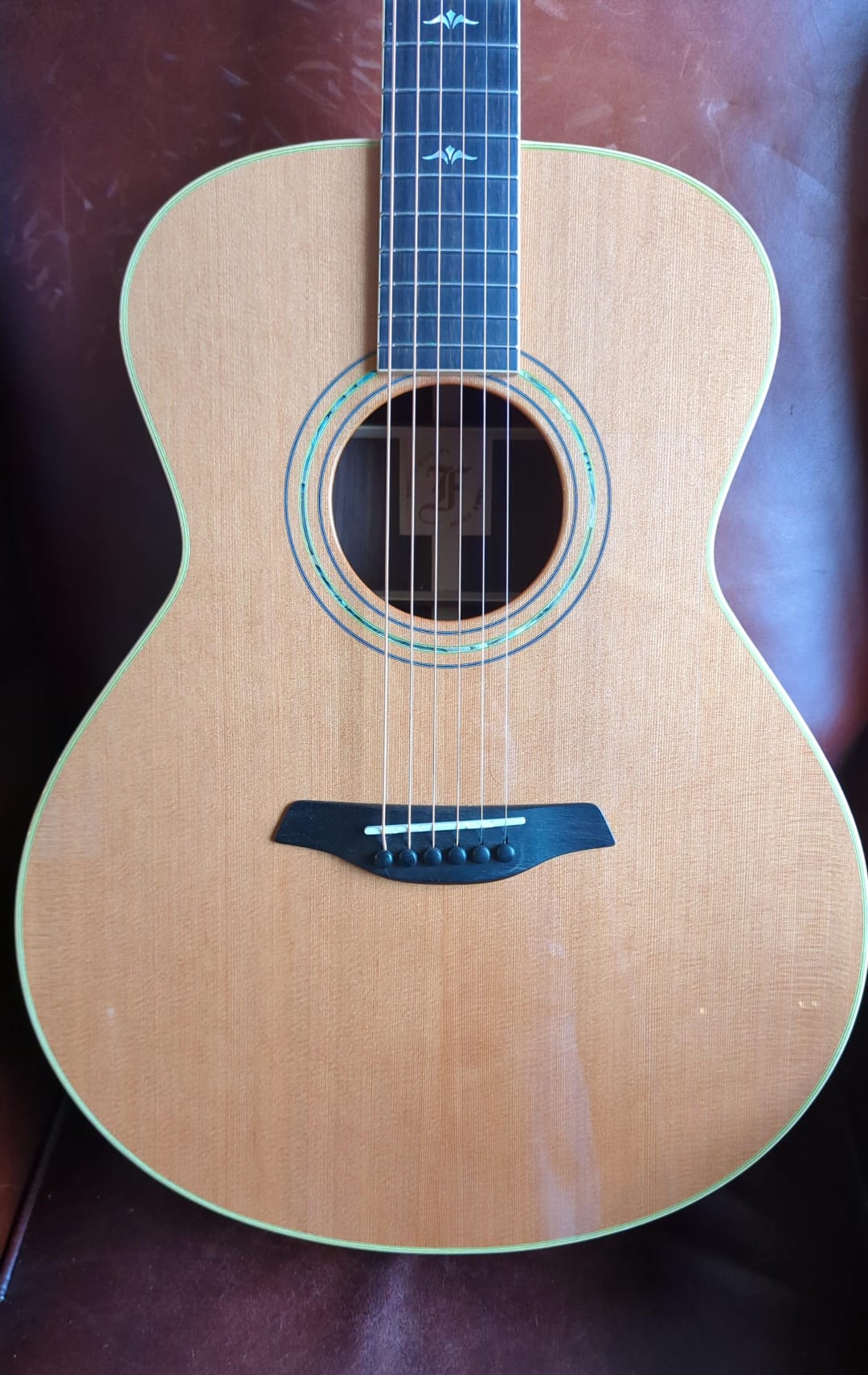
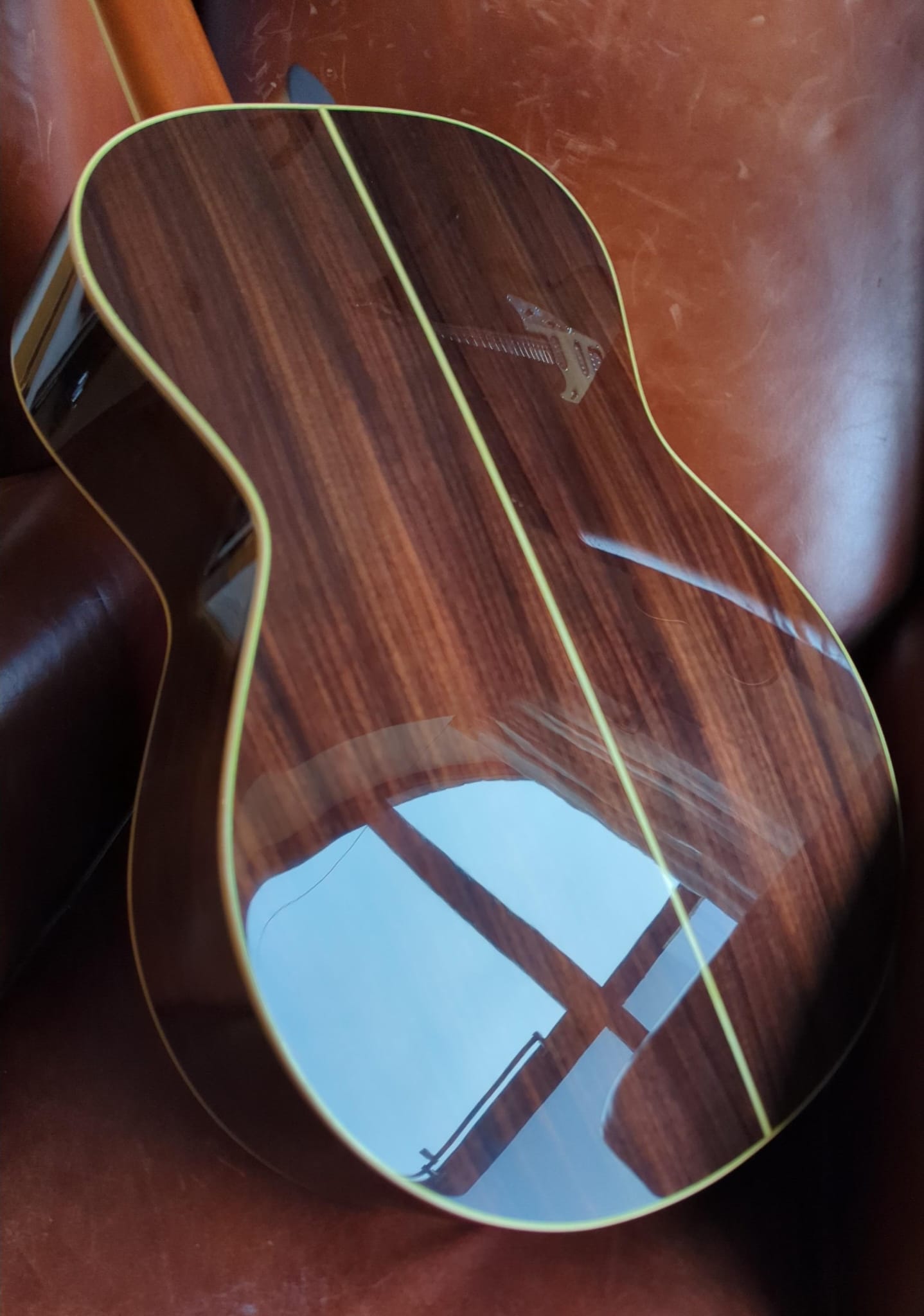

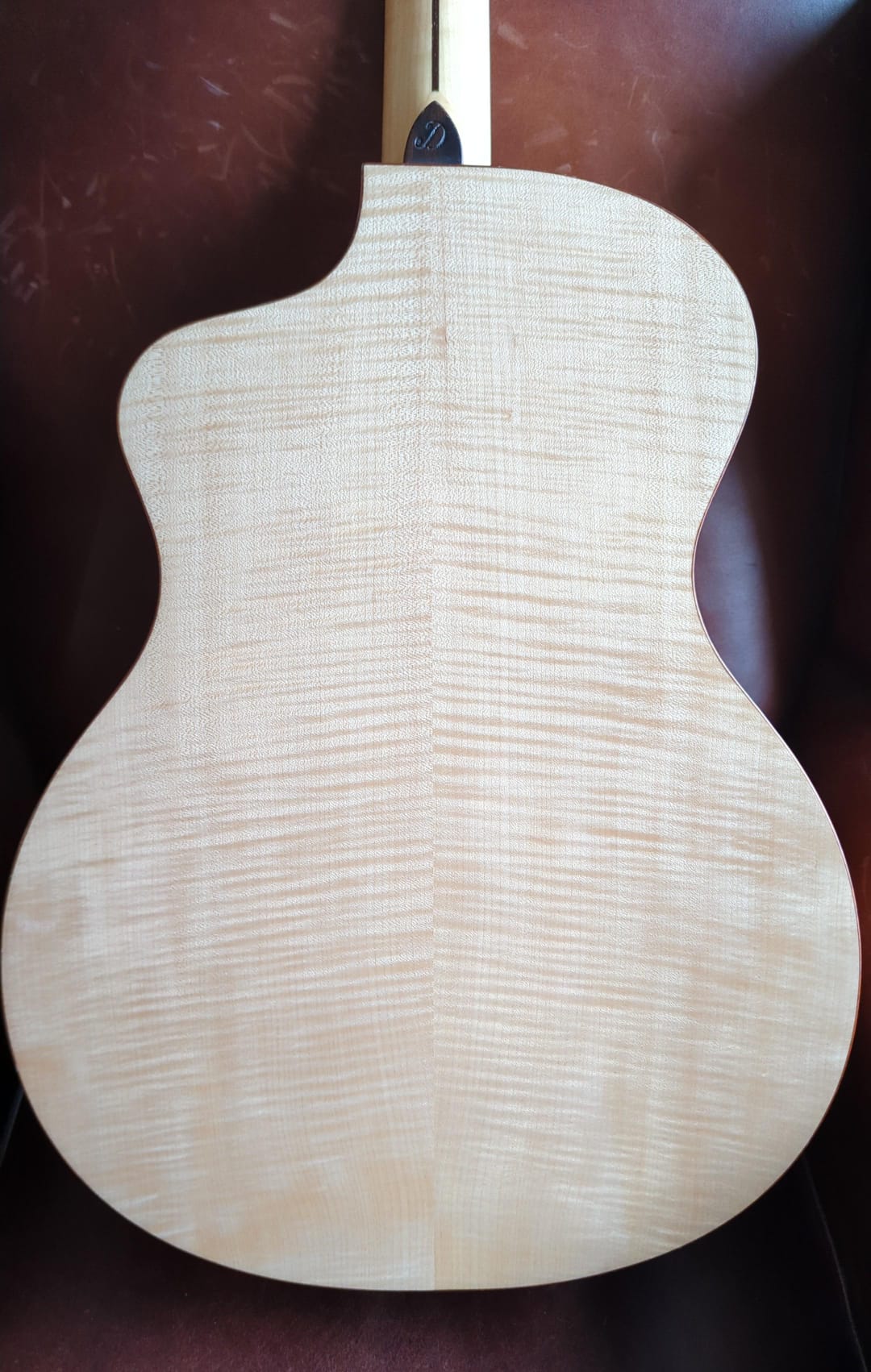
![Gordon Smith GS2 Deluxe Export 2019 [used] A1 Condition - Richards Guitars Of Stratford Upon Avon](http://rguitars.co.uk/cdn/shop/files/gordon-smith-gs2-deluxe-export-2019-used-a1-condition-4323398.jpg?v=1766153718&width=1072)
![Gordon Smith GS2 Deluxe Export 2019 [used] A1 Condition - Richards Guitars Of Stratford Upon Avon](http://rguitars.co.uk/cdn/shop/files/gordon-smith-gs2-deluxe-export-2019-used-a1-condition-9502671.jpg?v=1766153718&width=899)
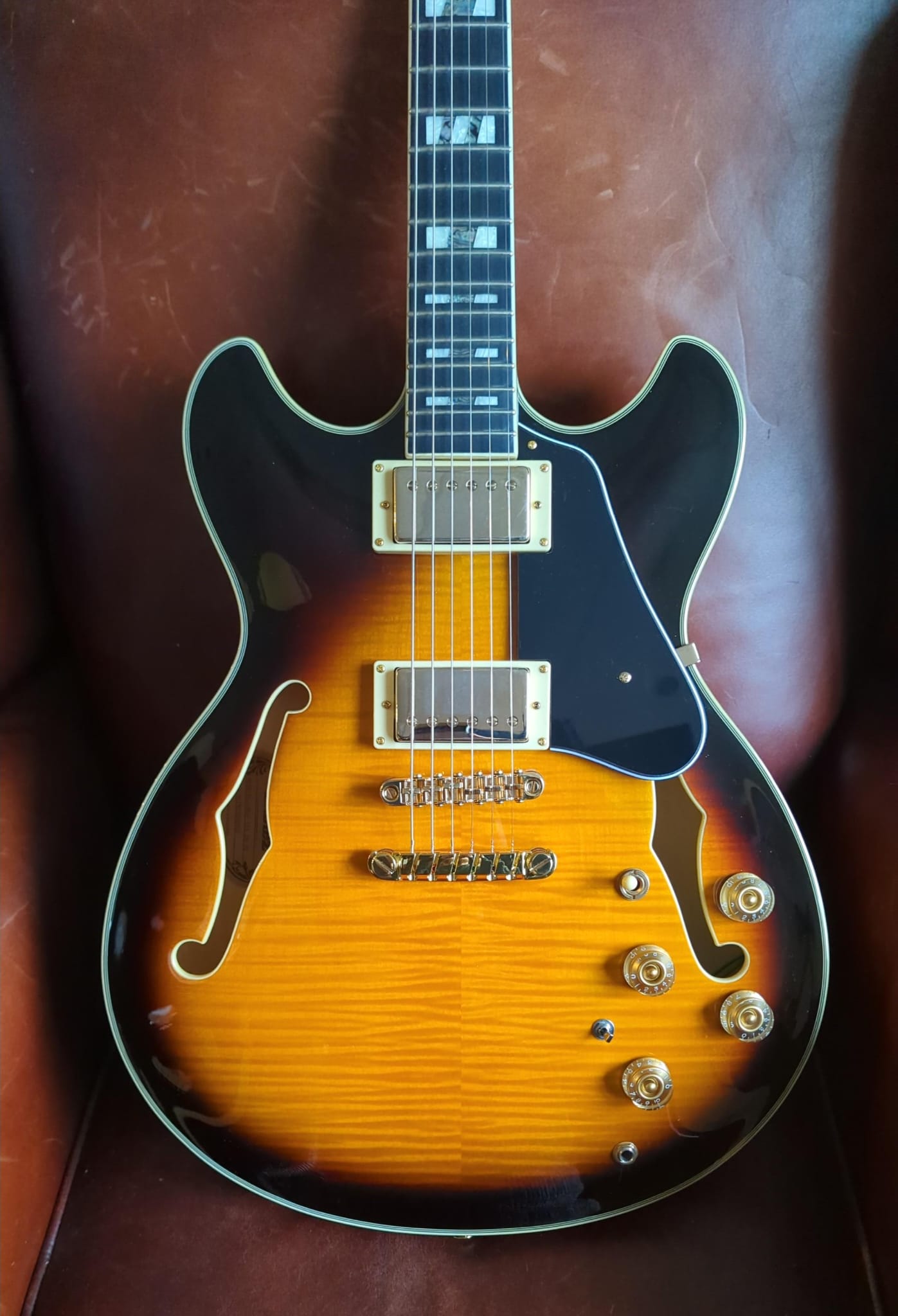

![G&L USA Made ASAT - late 80s/early 90s [Used] - Richards Guitars Of Stratford Upon Avon](http://rguitars.co.uk/cdn/shop/files/gl-usa-made-asat-late-80searly-90s-used-1091932.jpg?v=1761670676&width=1378)
![G&L USA Made ASAT - late 80s/early 90s [Used] - Richards Guitars Of Stratford Upon Avon](http://rguitars.co.uk/cdn/shop/files/gl-usa-made-asat-late-80searly-90s-used-7964817.jpg?v=1761670677&width=1828)
![Eastman AC630 - SB [Used] - Richards Guitars Of Stratford Upon Avon](http://rguitars.co.uk/cdn/shop/files/eastman-ac630-sb-used-5743157.jpg?v=1760421581&width=1080)
![Eastman AC630 - SB [Used] - Richards Guitars Of Stratford Upon Avon](http://rguitars.co.uk/cdn/shop/files/eastman-ac630-sb-used-2967411.jpg?v=1760421593&width=1569)
![Fender American Standard Telecaster 2012 - Natural [Used] guitar for sale uk](http://rguitars.co.uk/cdn/shop/files/fender-american-standard-telecaster-2012-natural-used-4379607.jpg?v=1760421498&width=1614)
![Fender American Standard Telecaster 2012 - Natural [Used] guitar for sale uk](http://rguitars.co.uk/cdn/shop/files/fender-american-standard-telecaster-2012-natural-used-1429240.jpg?v=1760421497&width=1512)
![Fender American Professional II Jazzmaster - Dark Night [Used] guitar for sale uk](http://rguitars.co.uk/cdn/shop/files/fender-american-professional-ii-jazzmaster-dark-night-used-6840250.jpg?v=1760421430&width=1602)
![Fender American Professional II Jazzmaster - Dark Night [Used] guitar for sale uk](http://rguitars.co.uk/cdn/shop/files/fender-american-professional-ii-jazzmaster-dark-night-used-4375294.jpg?v=1760421432&width=1476)
![Guild Brian May "Red Special" Limited Edition - early 90s - One of 1000 [Used] guitar for sale uk](http://rguitars.co.uk/cdn/shop/files/guild-brian-may-red-special-limited-edition-early-90s-one-of-1000-used-6139630.jpg?v=1760421357&width=1492)
![Guild Brian May "Red Special" Limited Edition - early 90s - One of 1000 [Used] guitar for sale uk](http://rguitars.co.uk/cdn/shop/files/guild-brian-may-red-special-limited-edition-early-90s-one-of-1000-used-9797150.jpg?v=1760421365&width=1644)
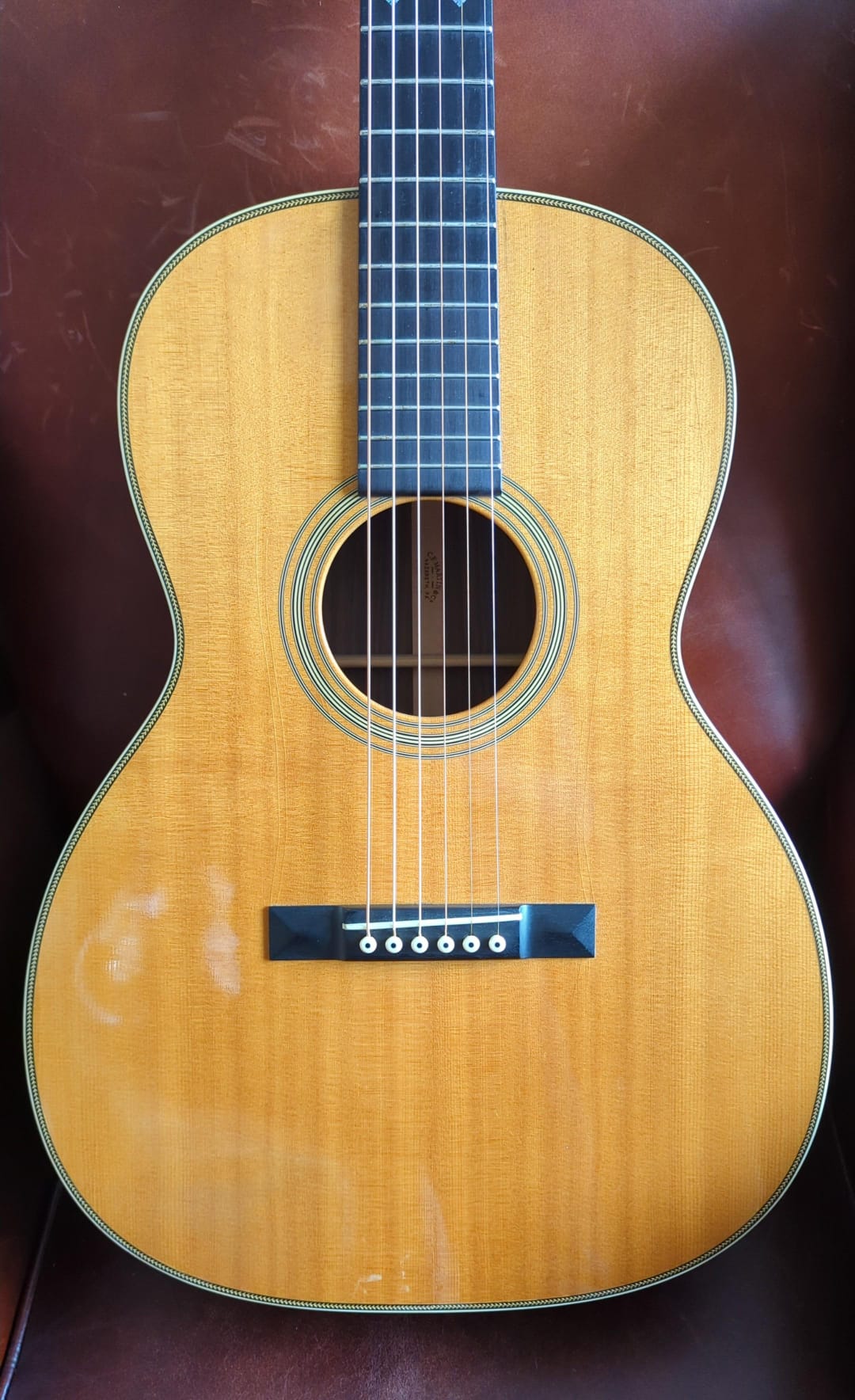
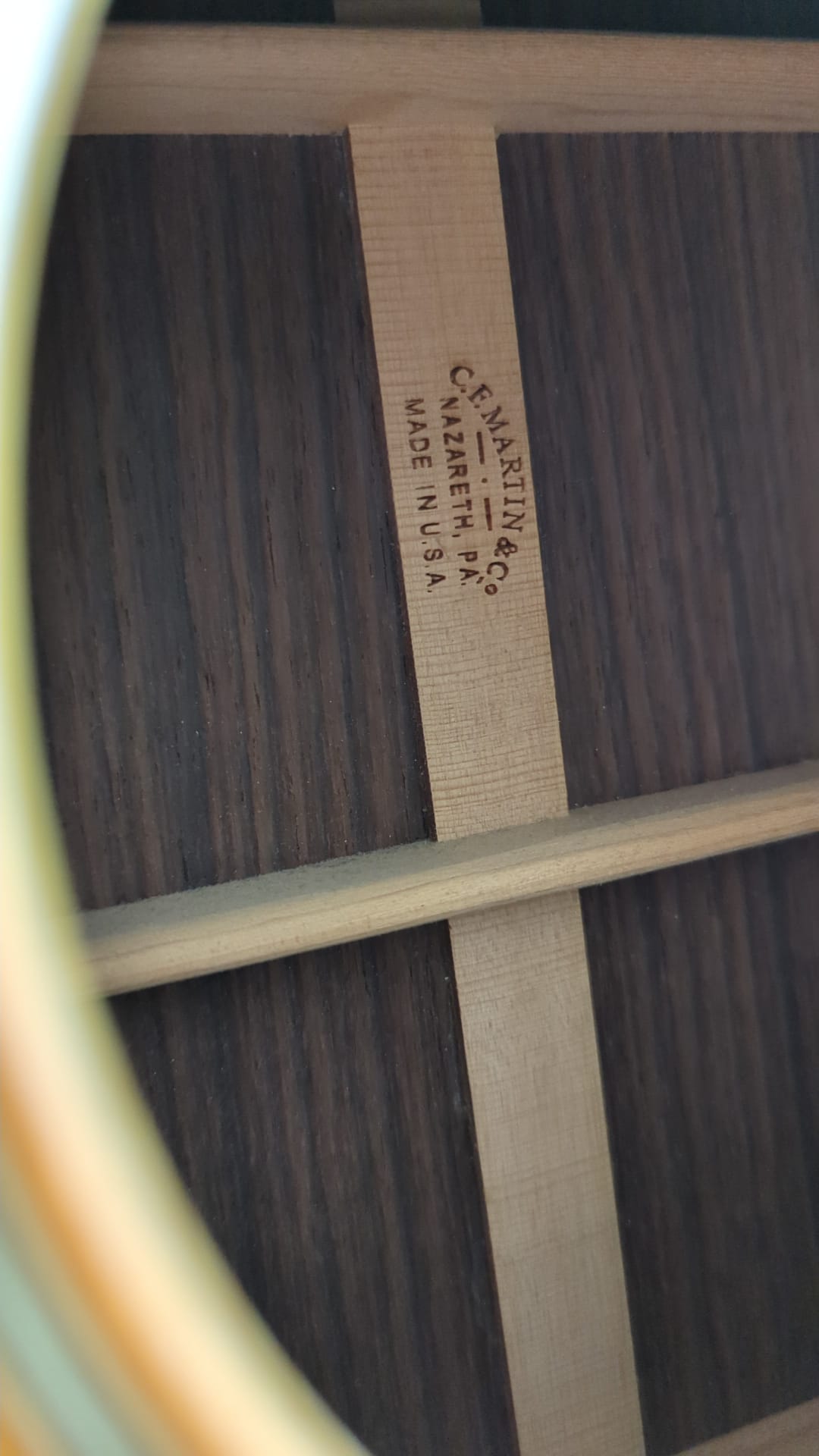
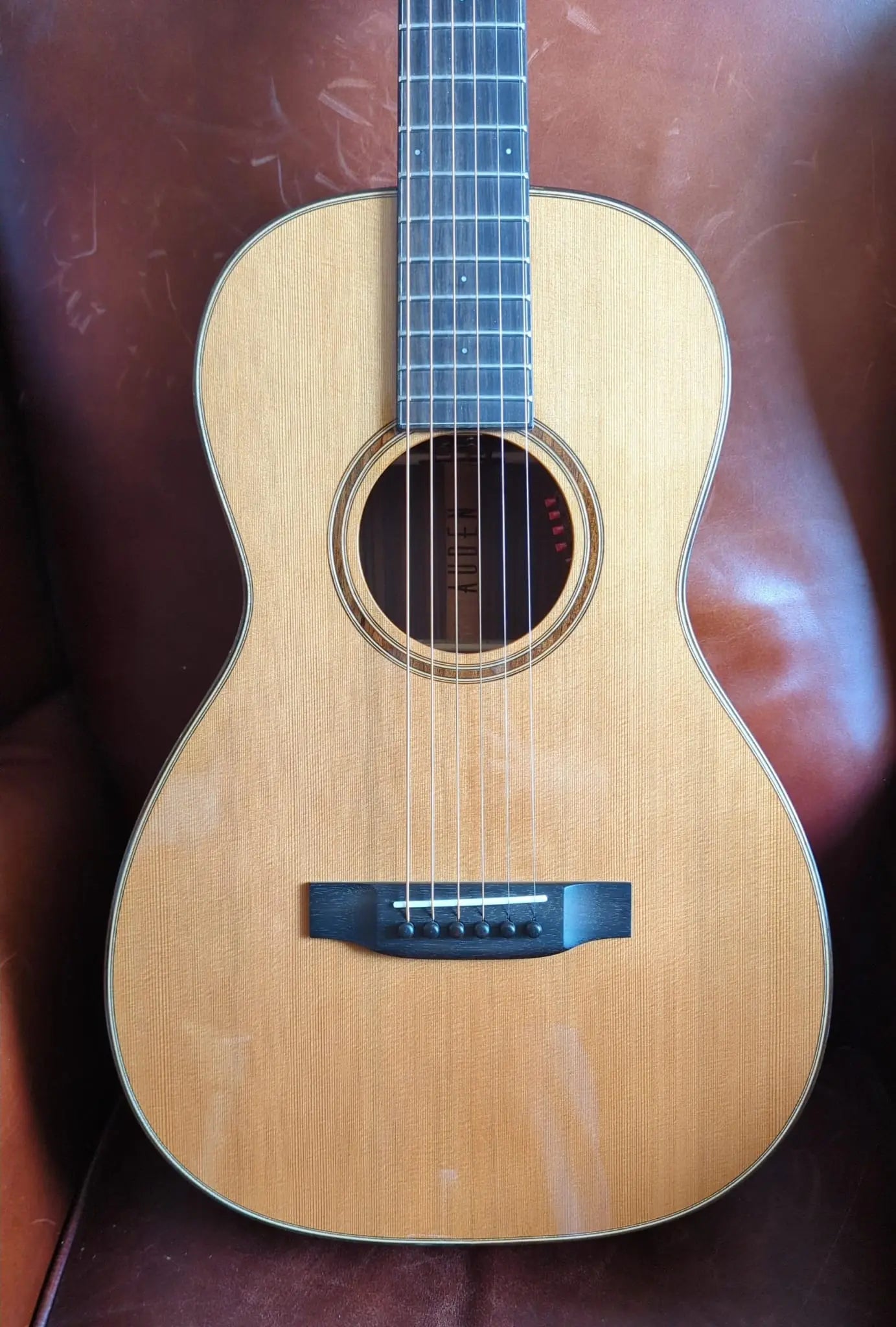

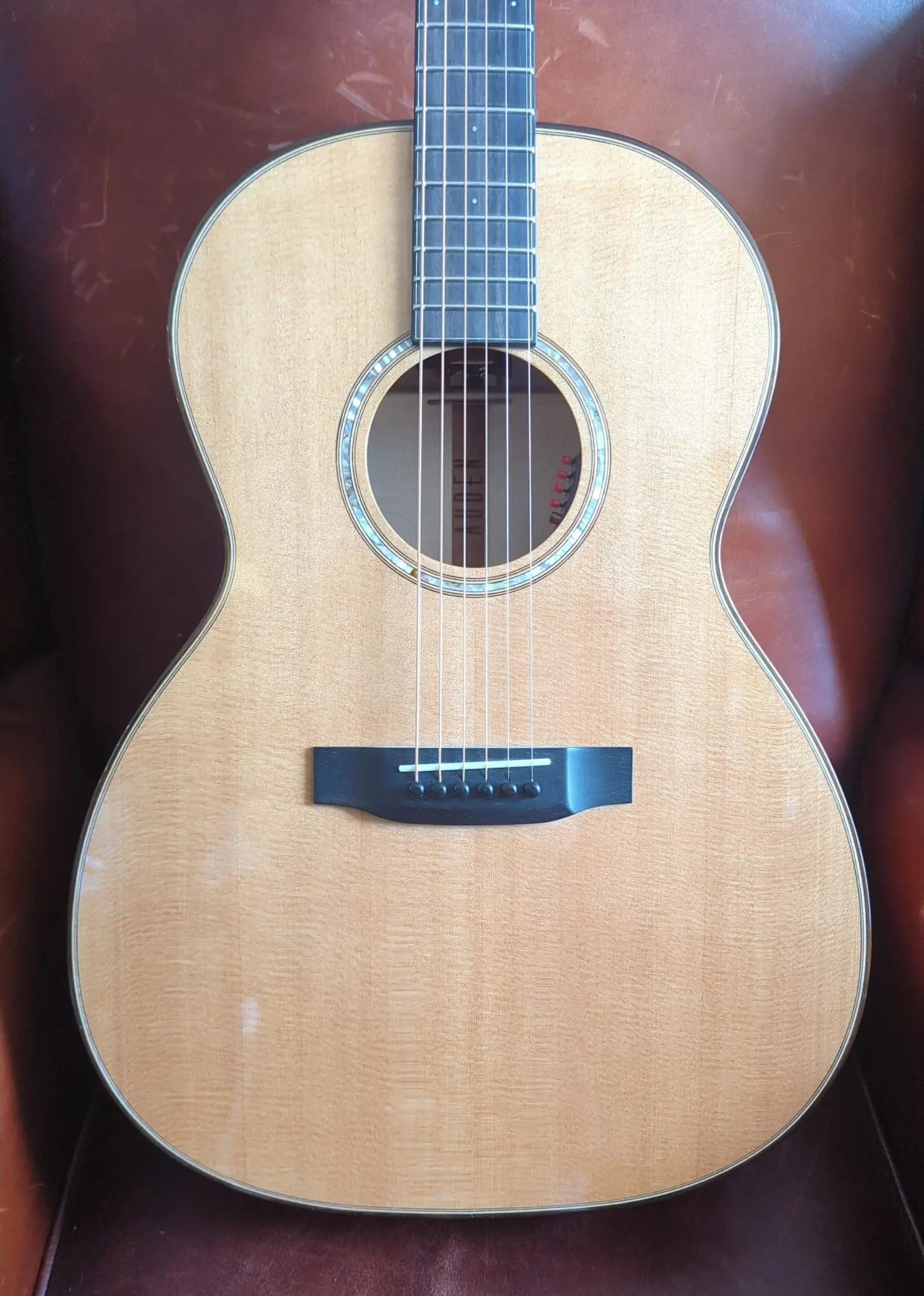
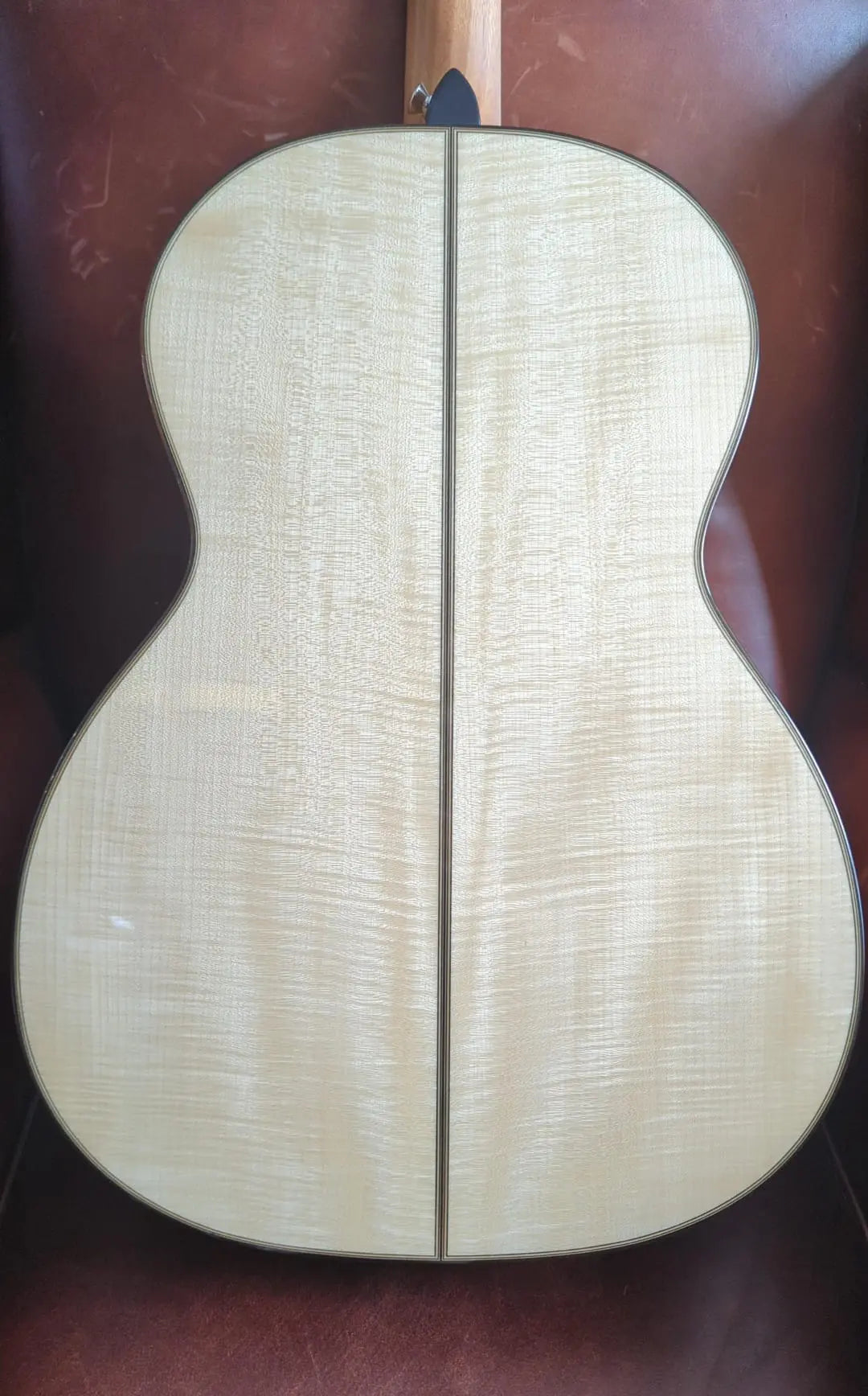
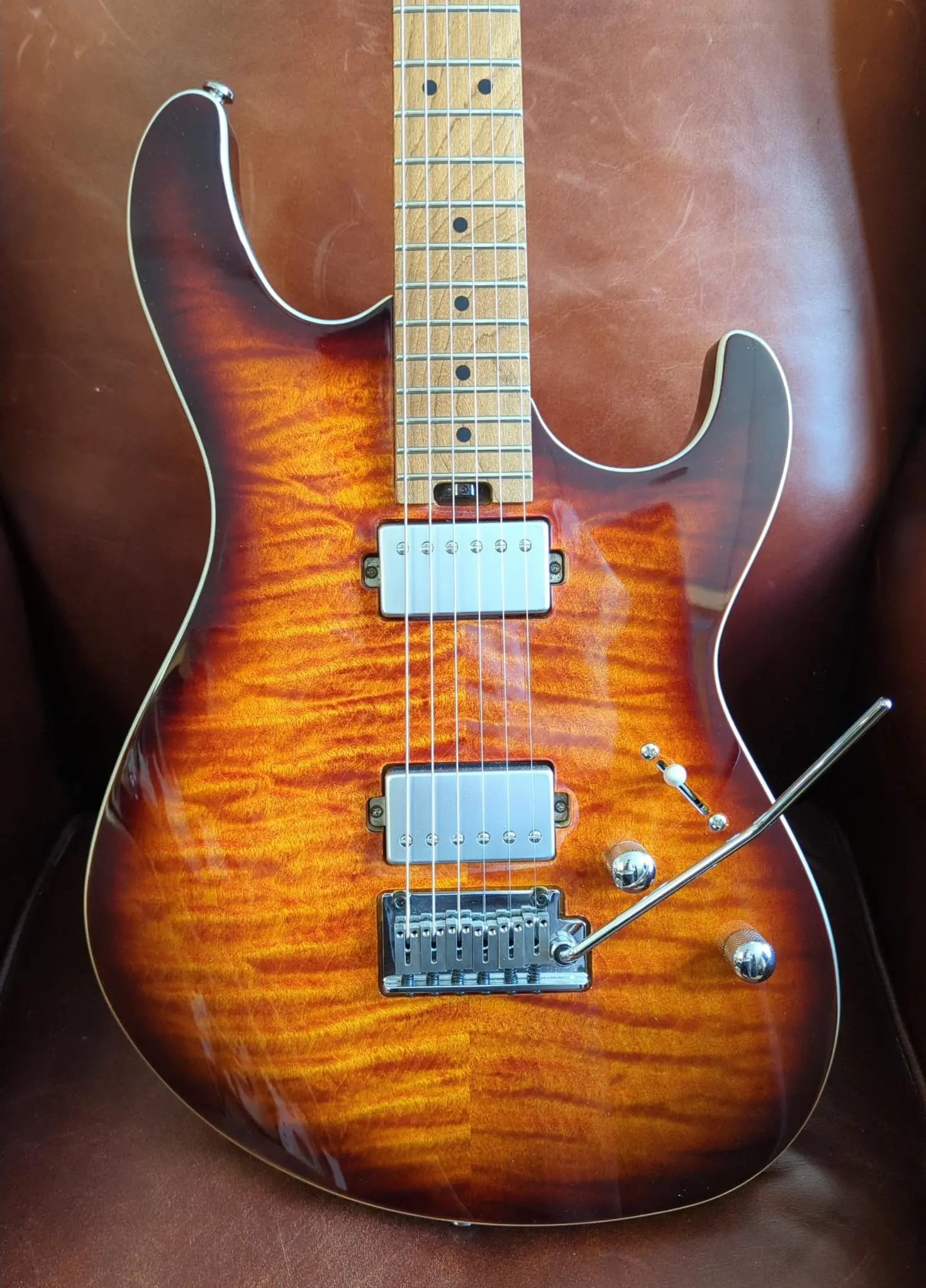
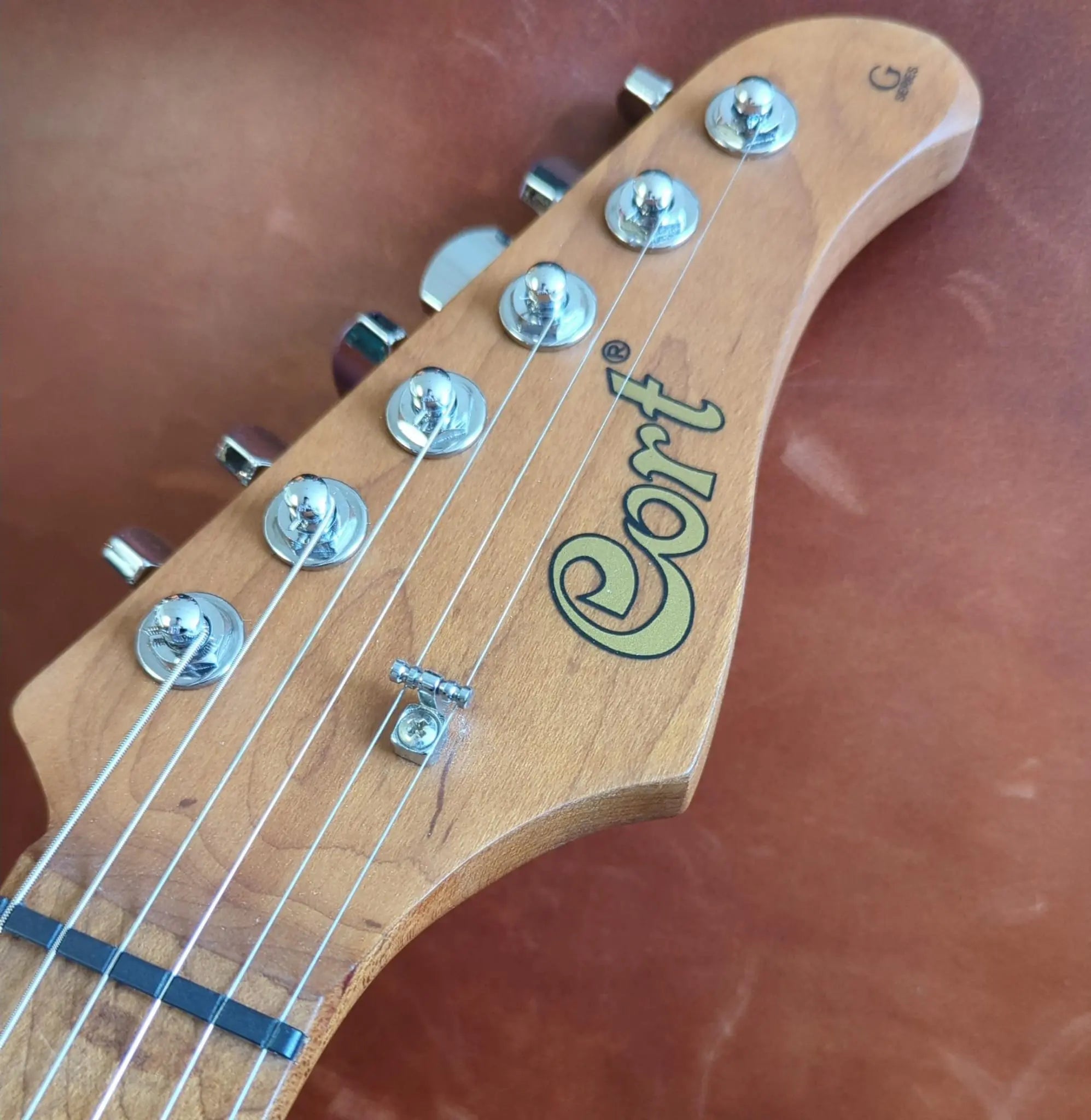
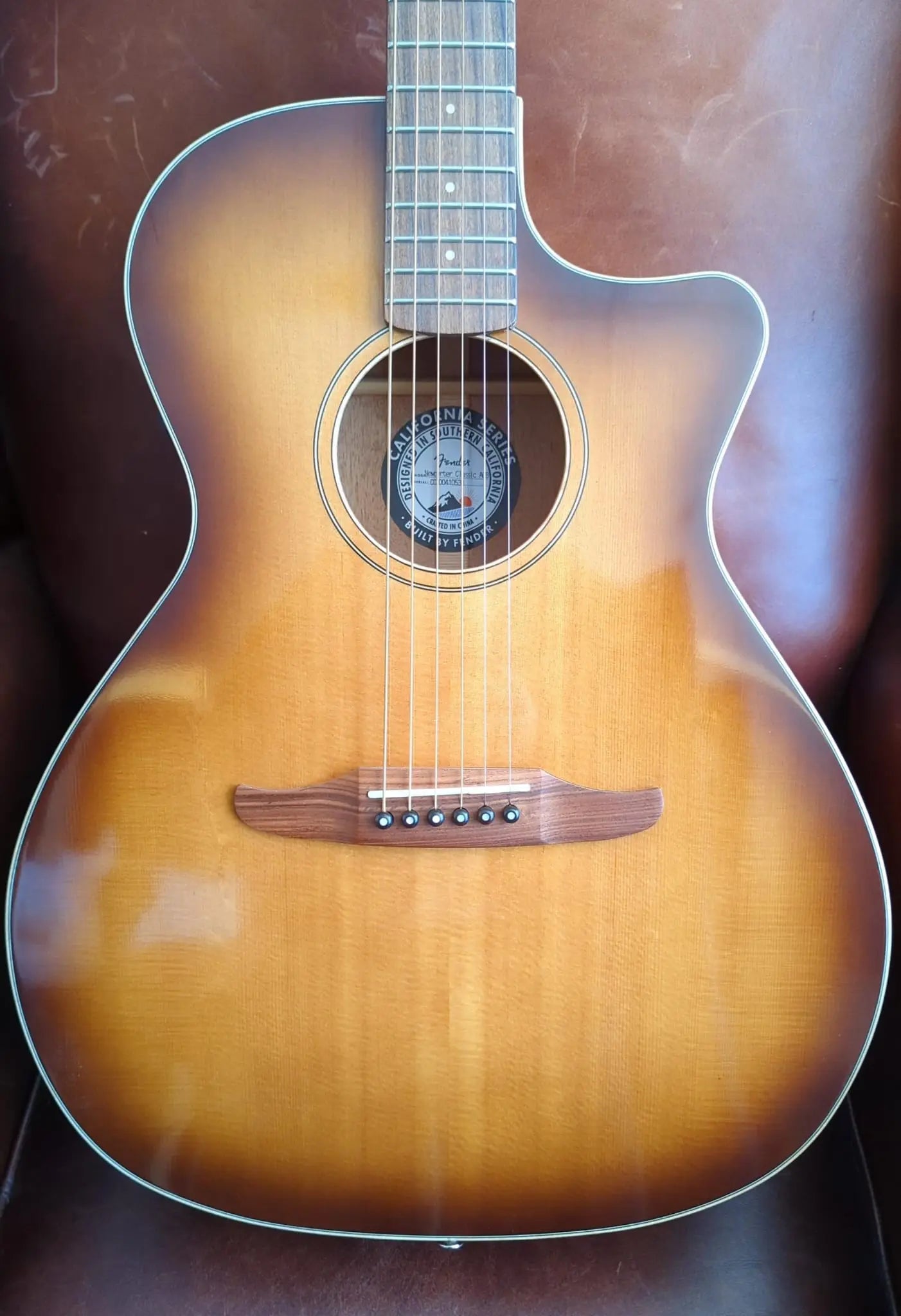
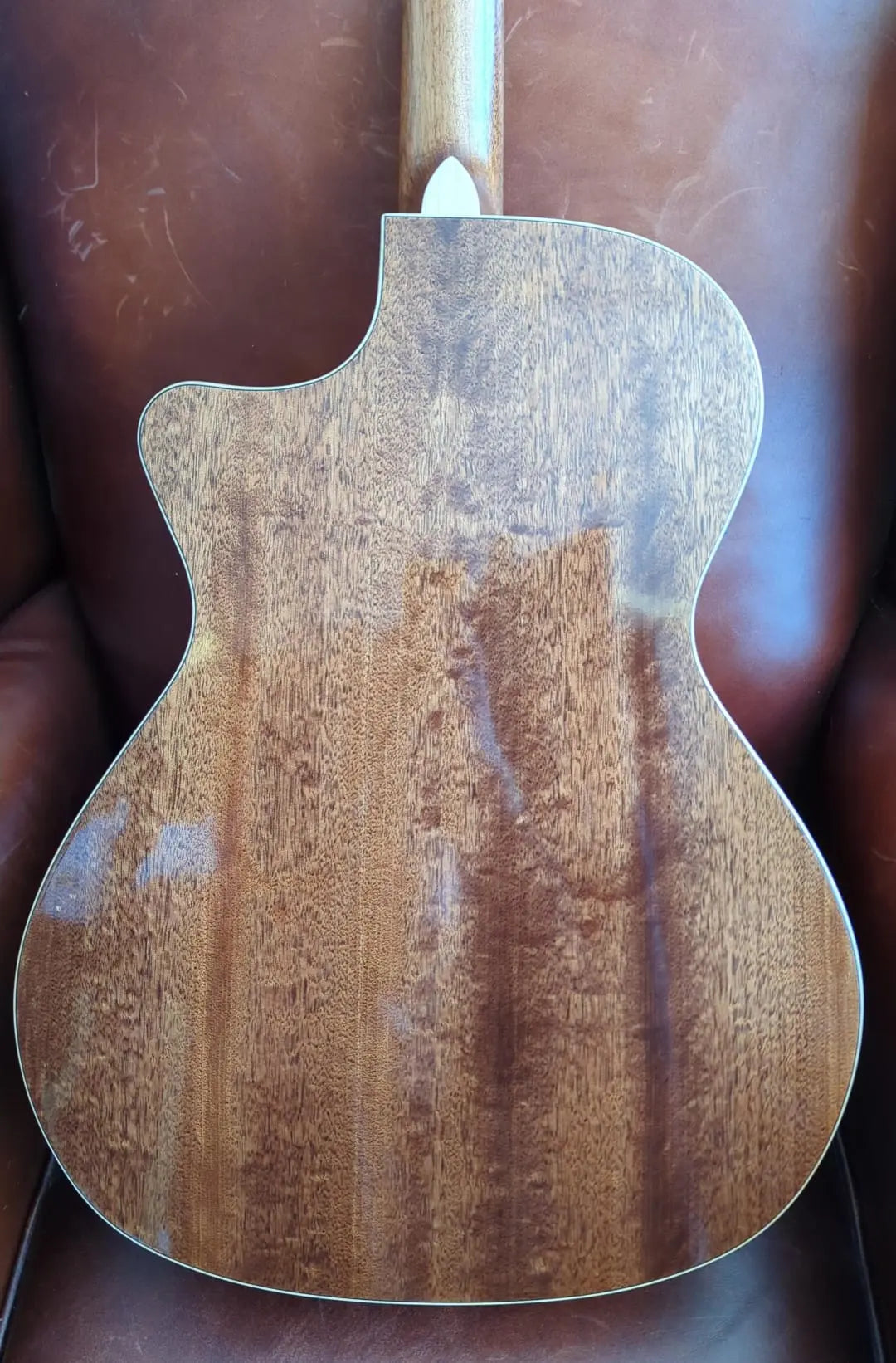


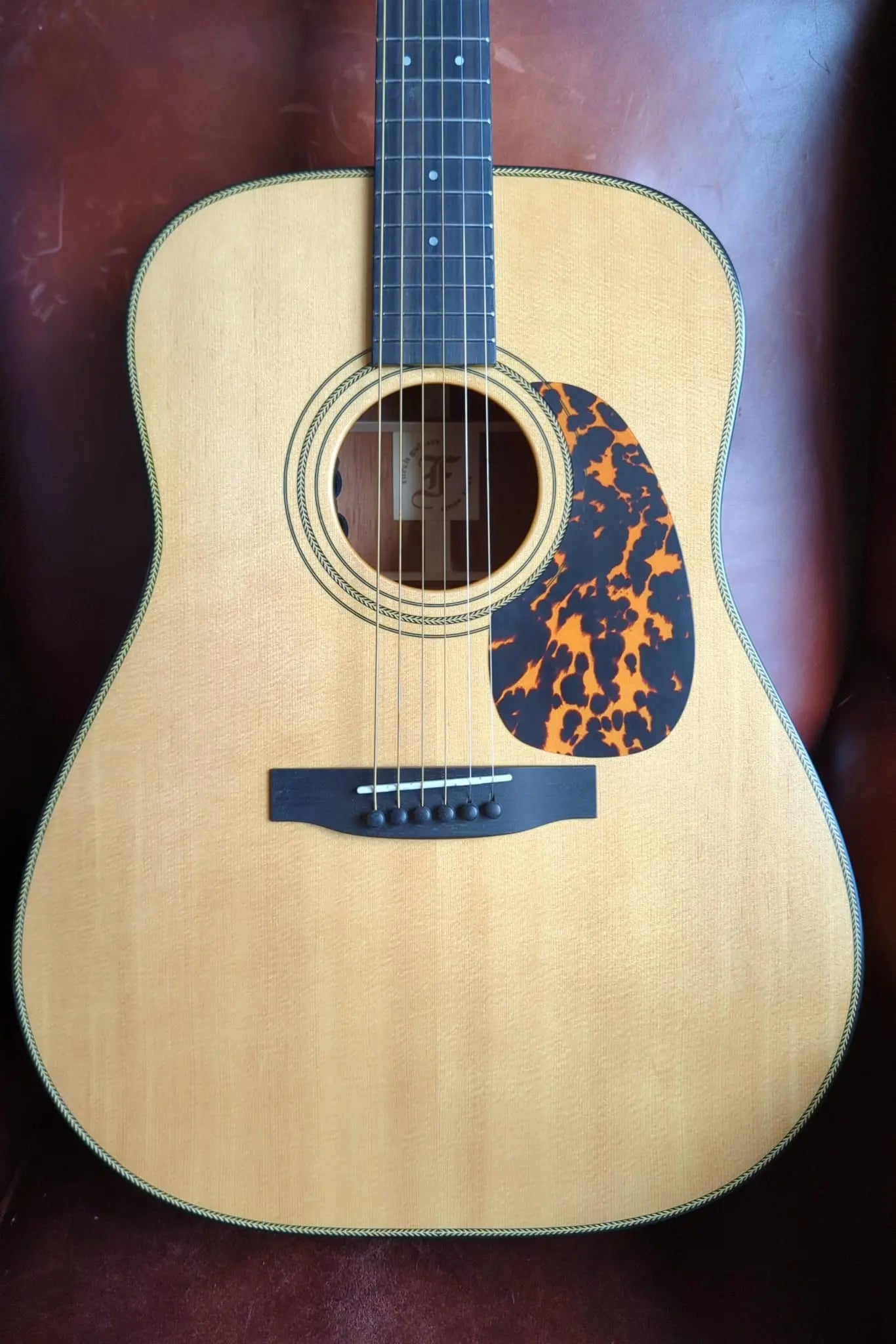
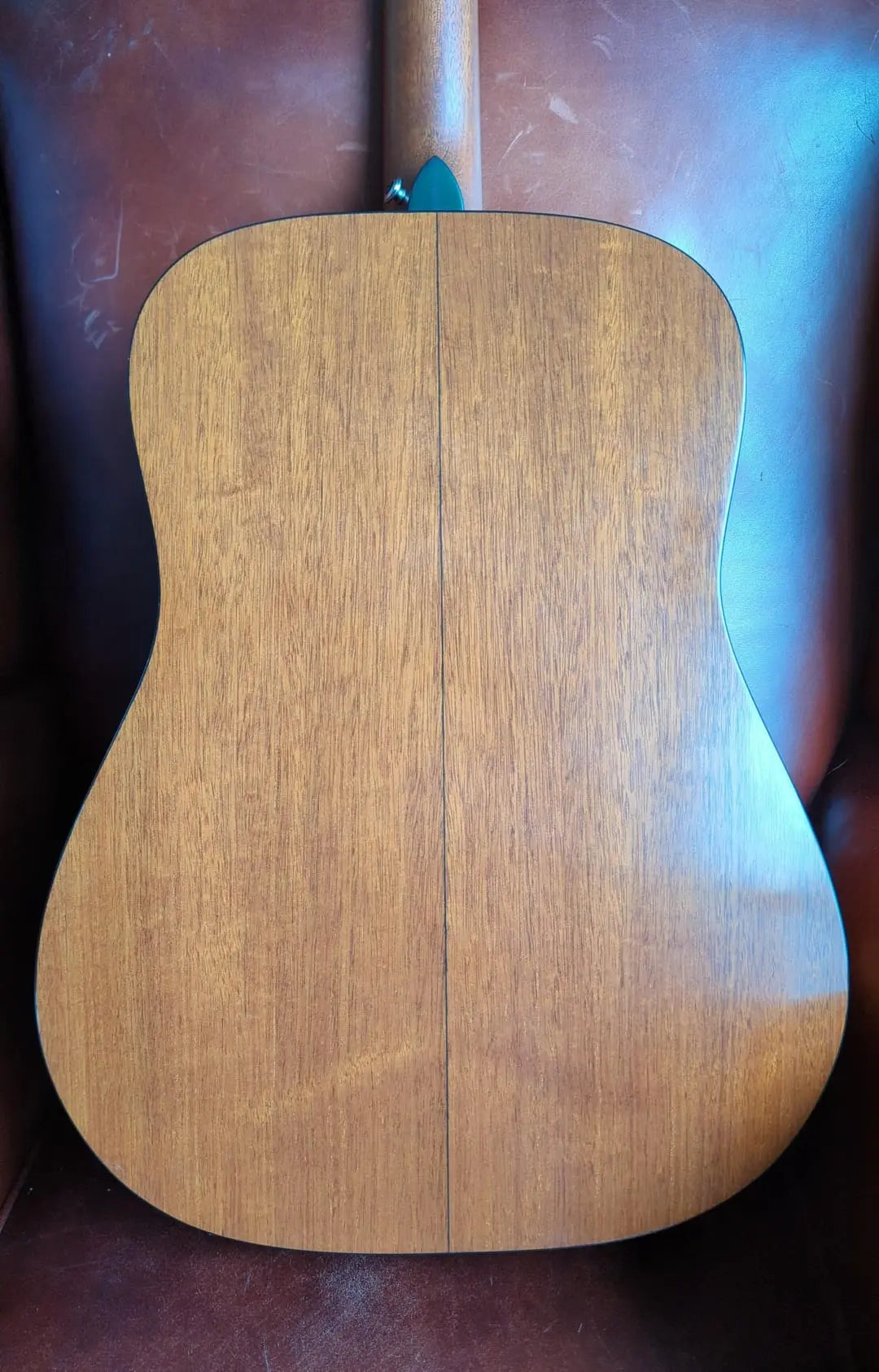
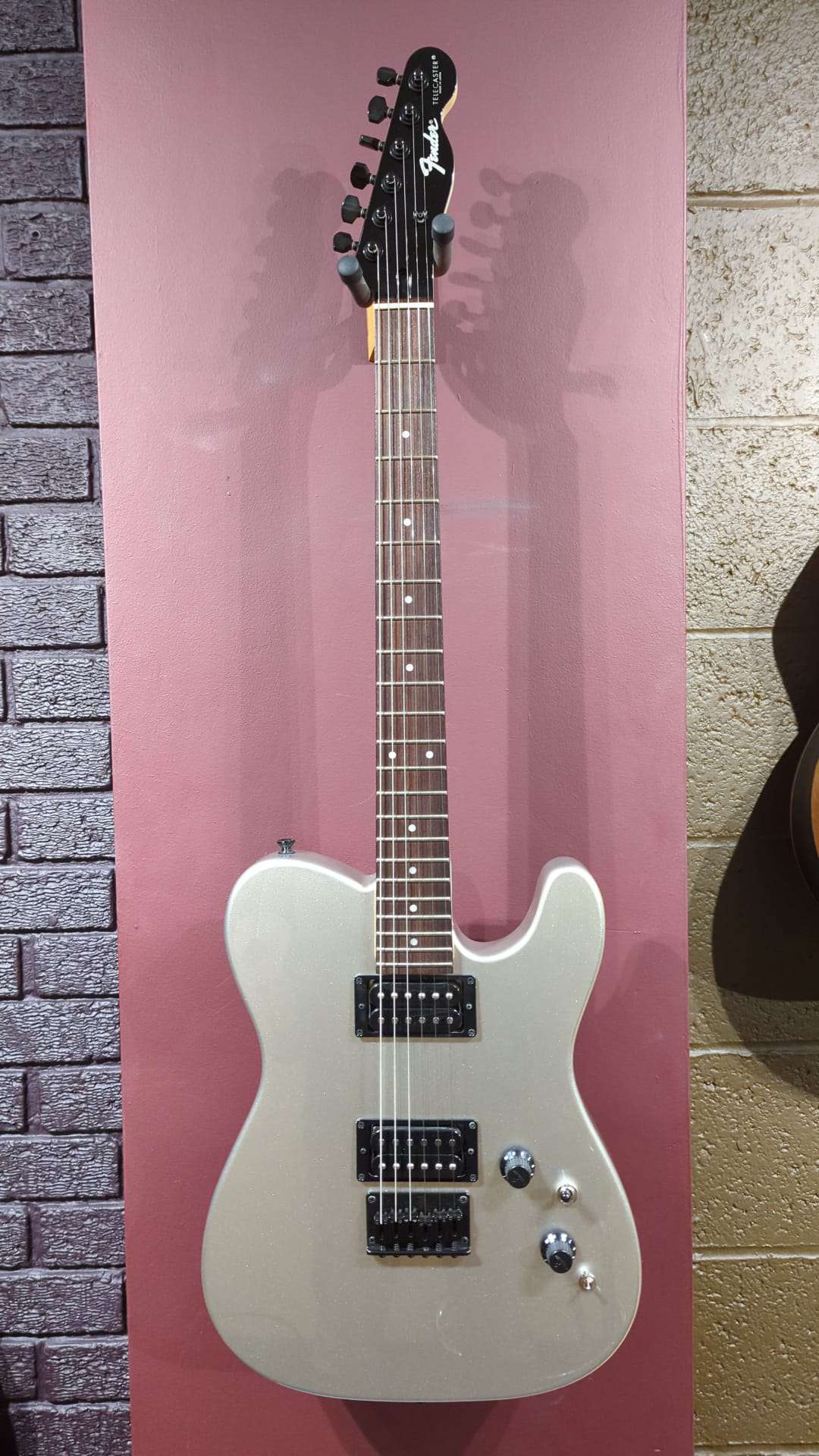
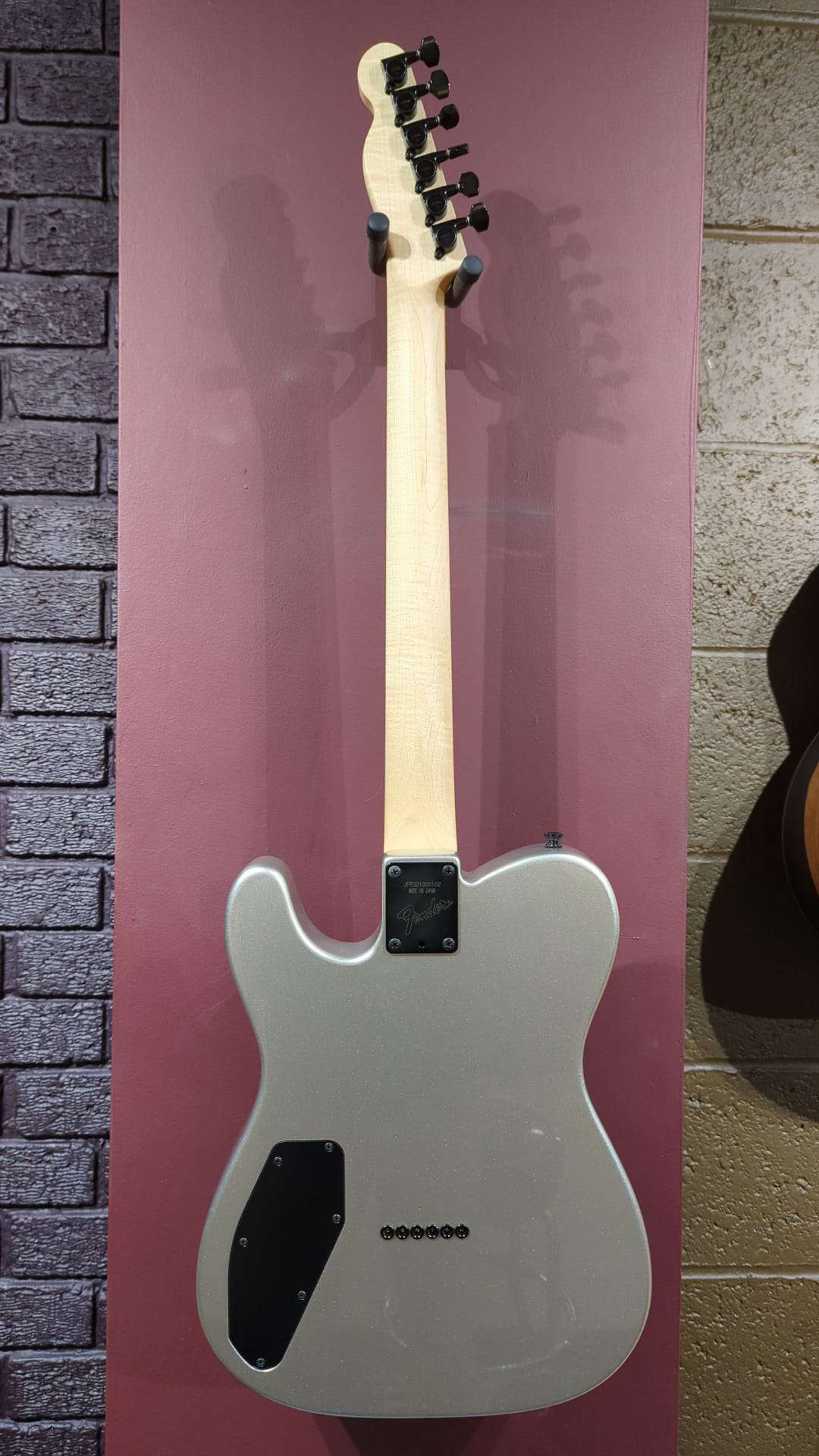
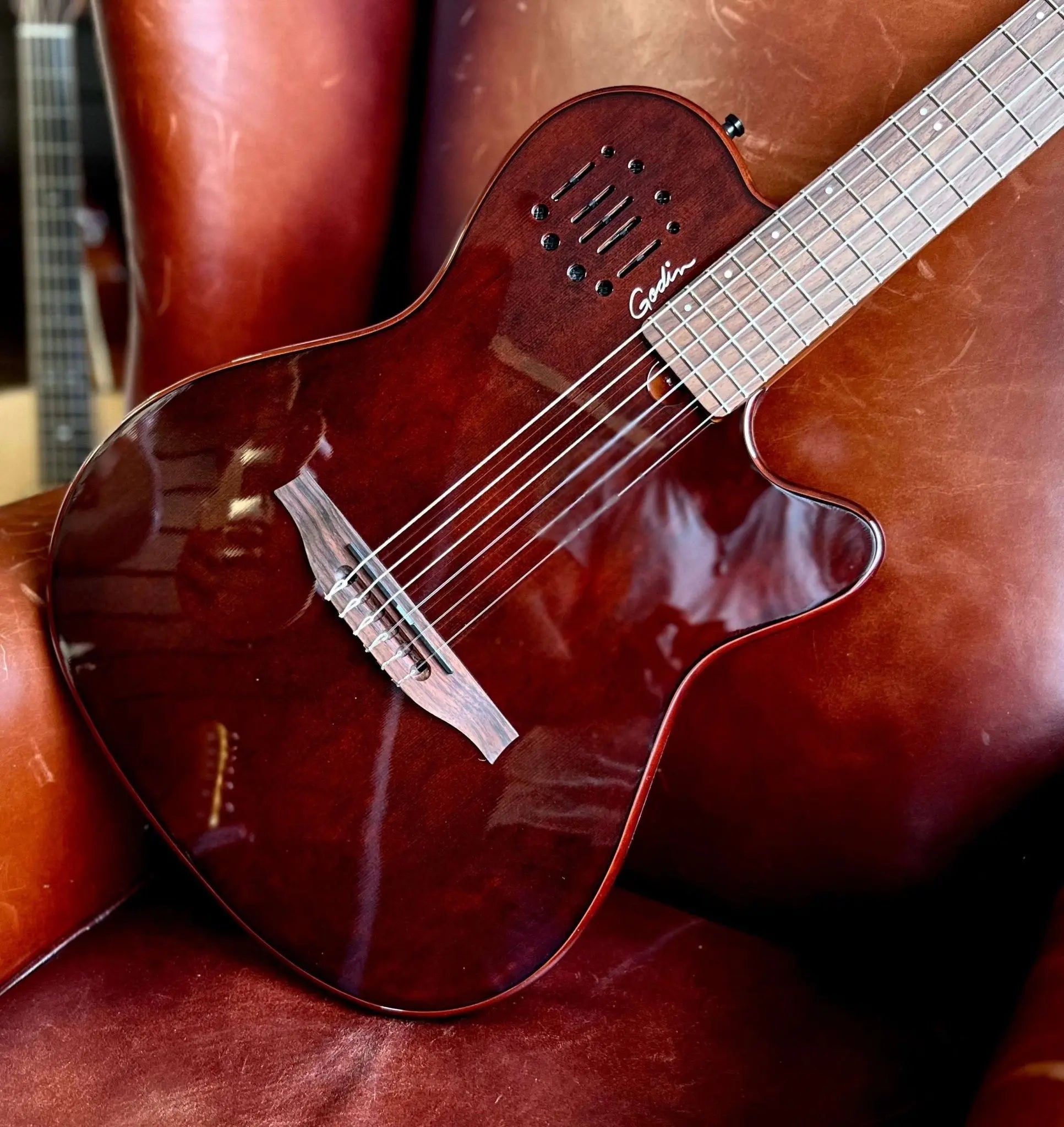
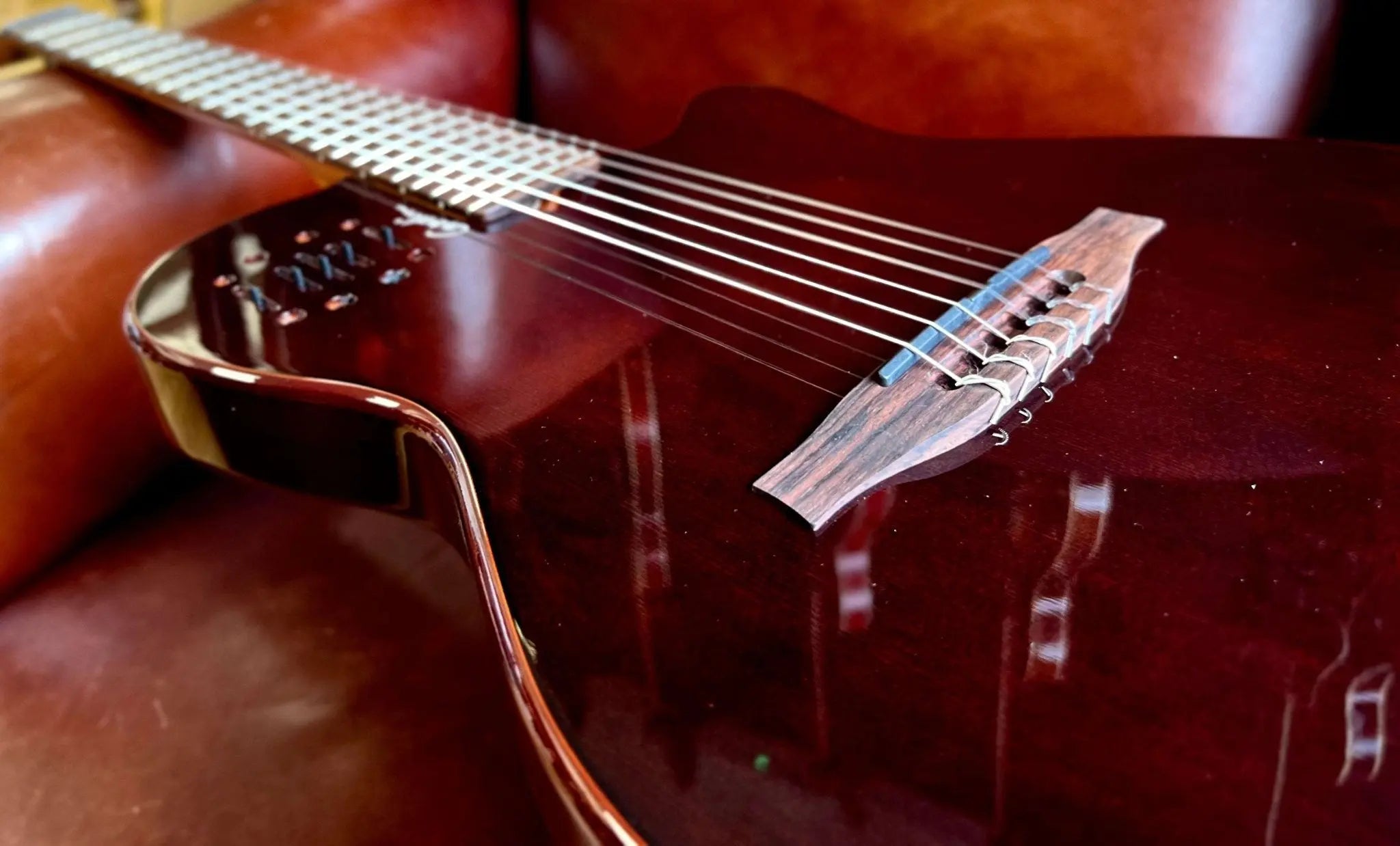


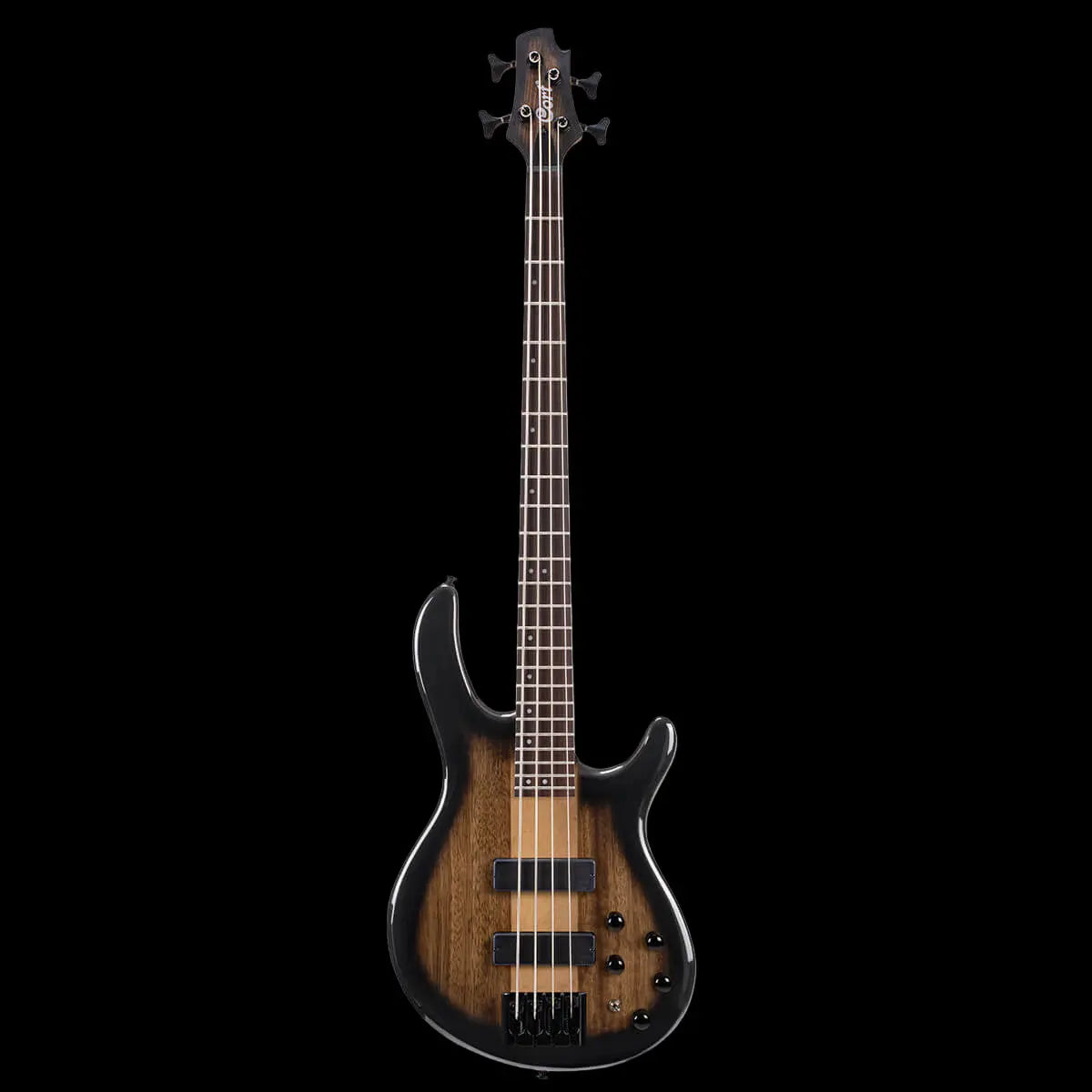


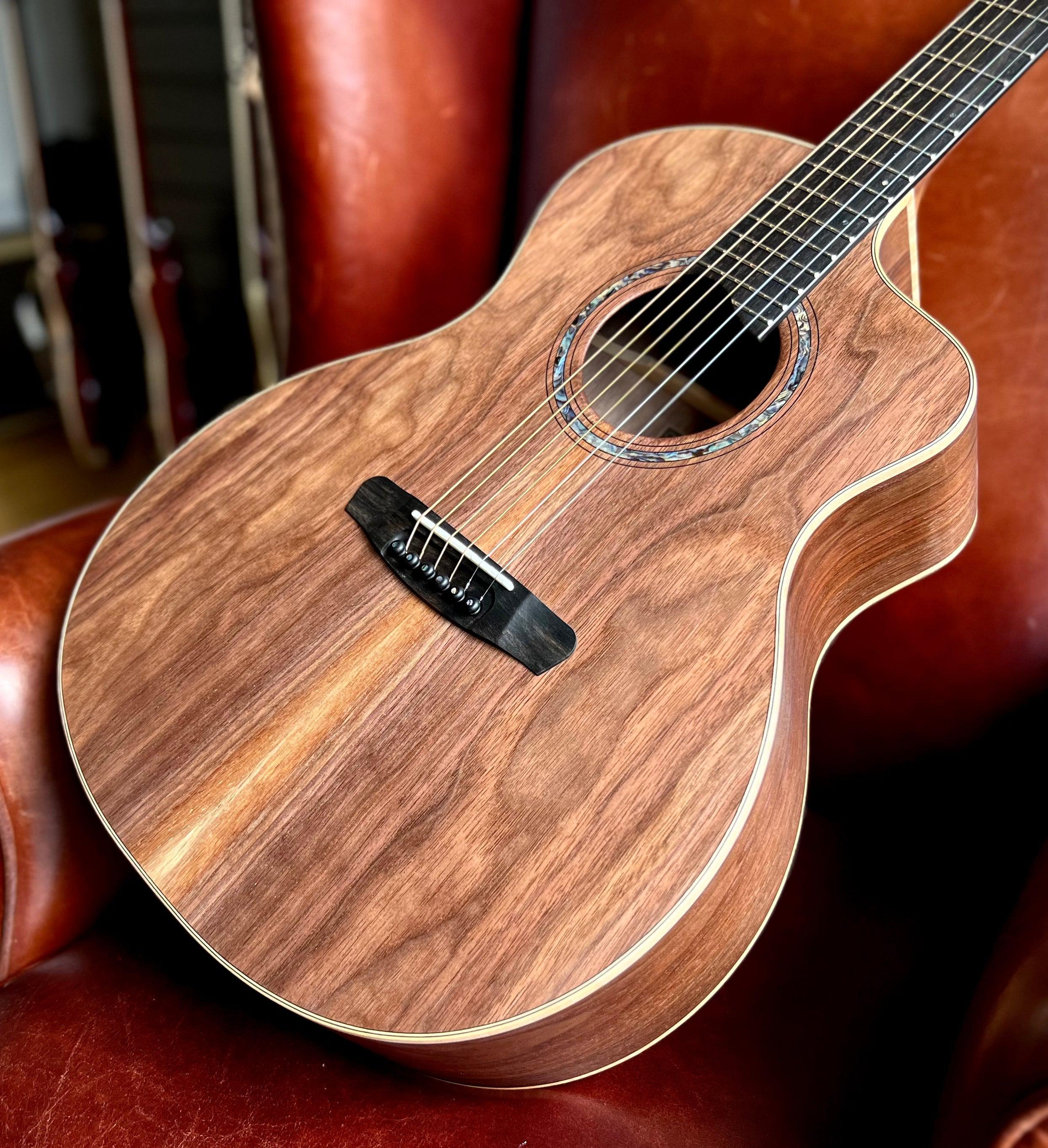

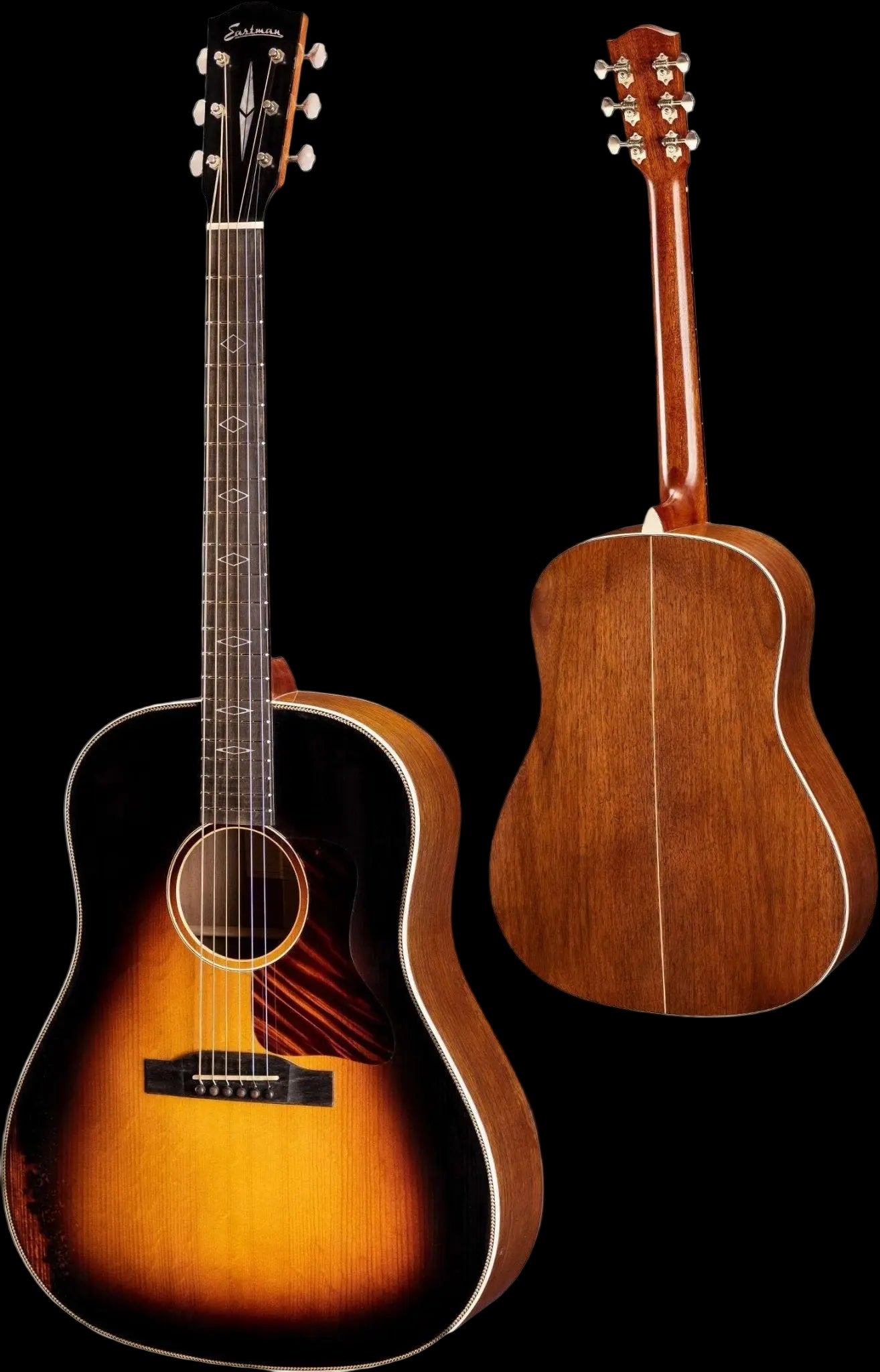

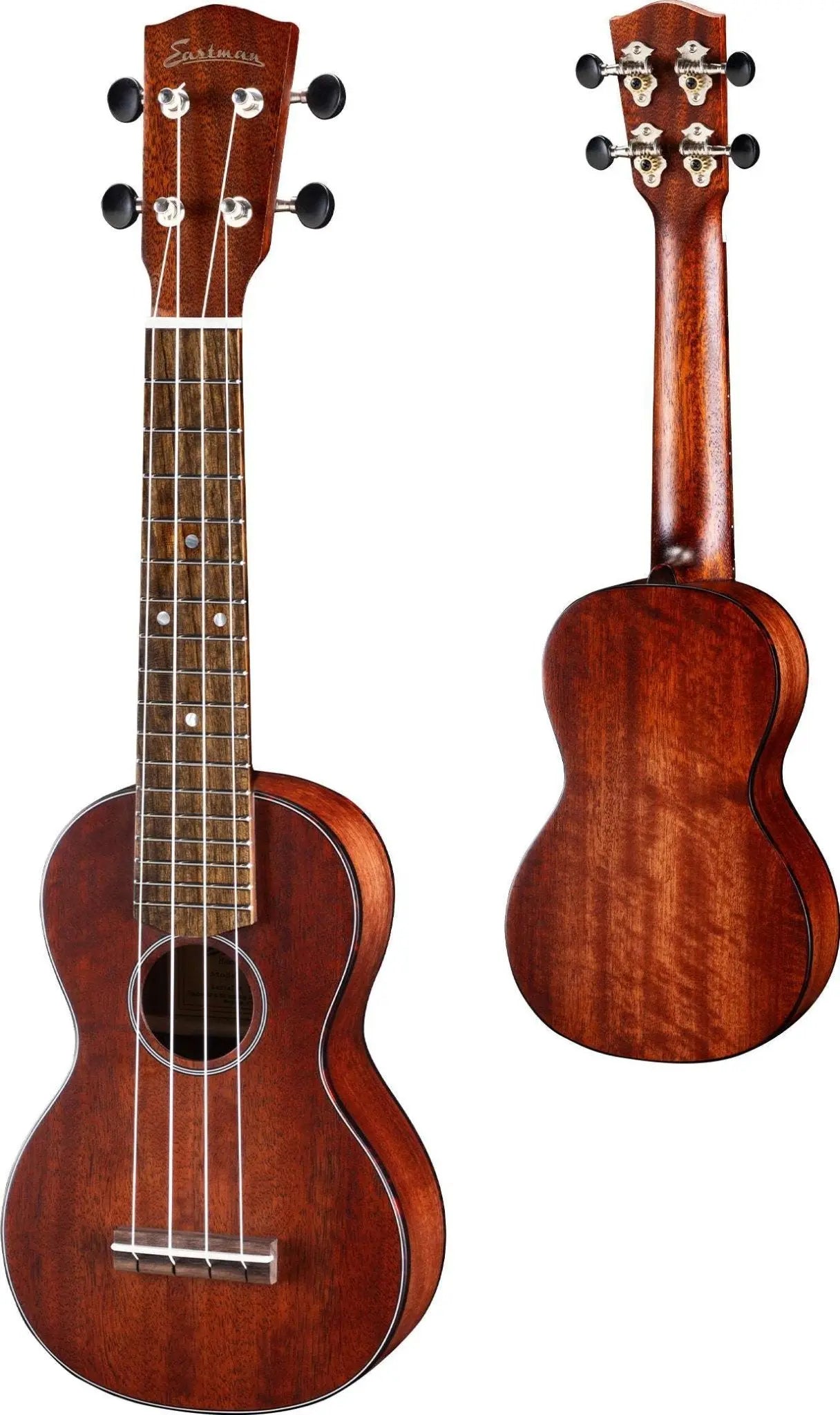
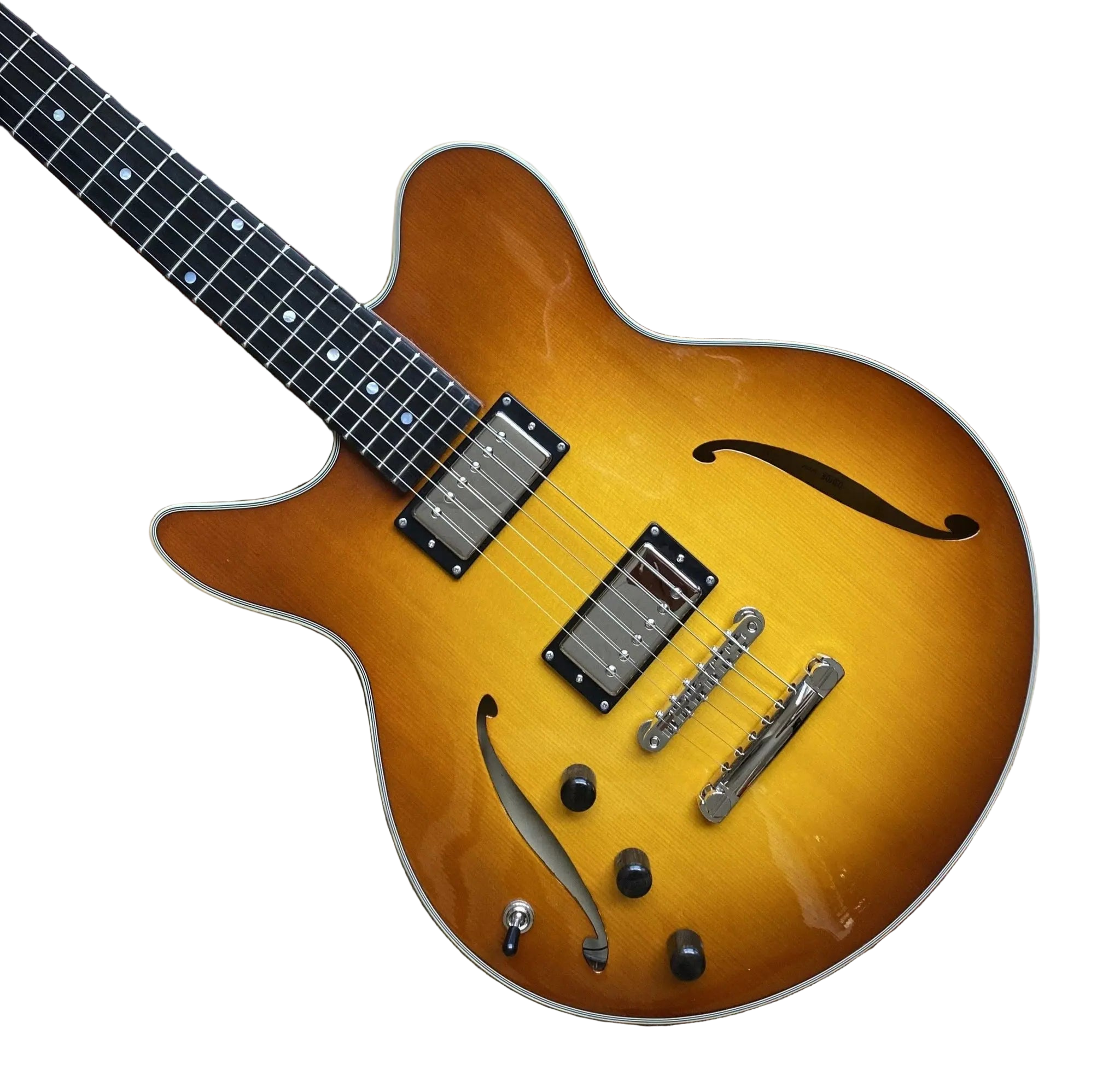
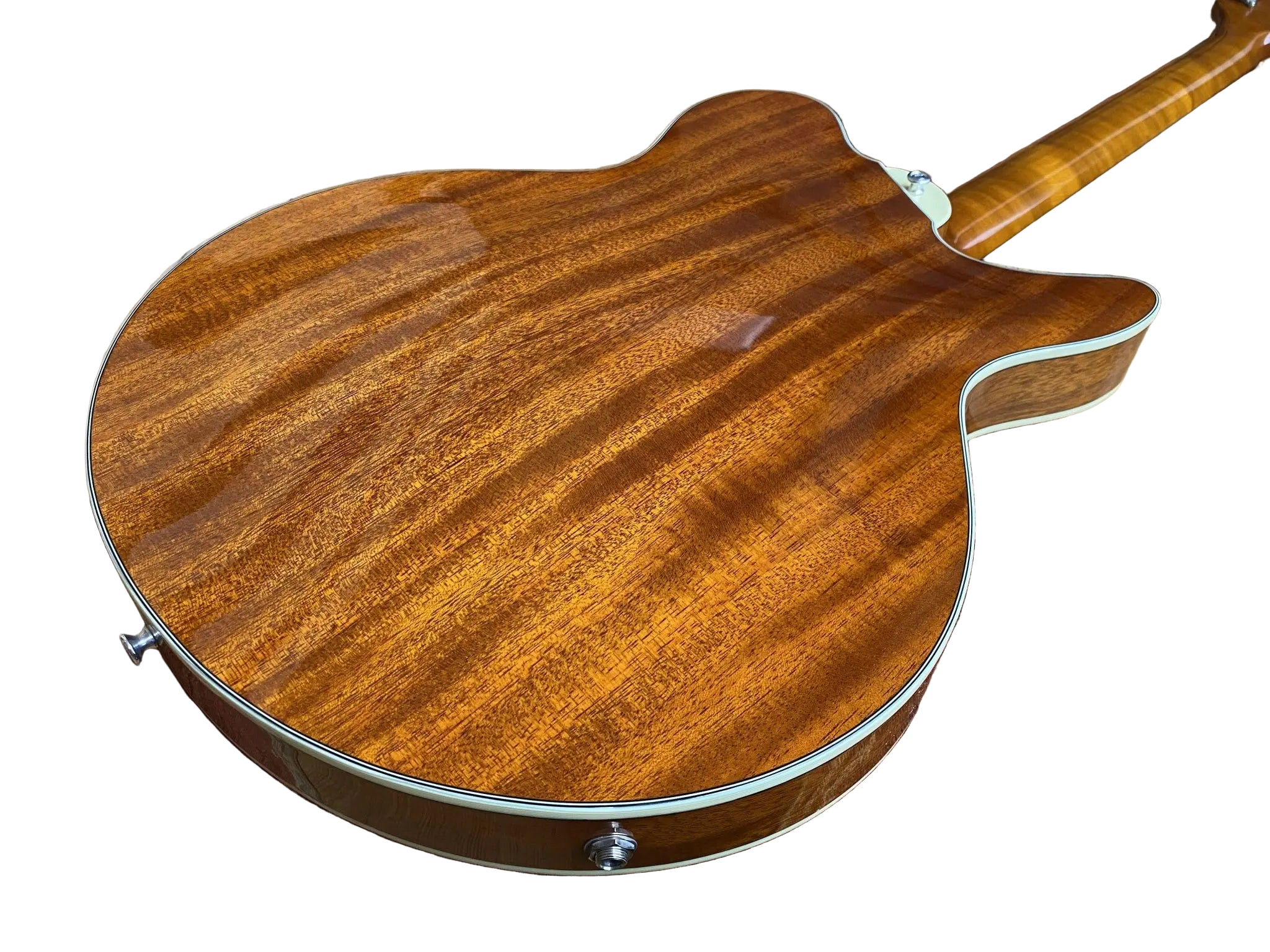
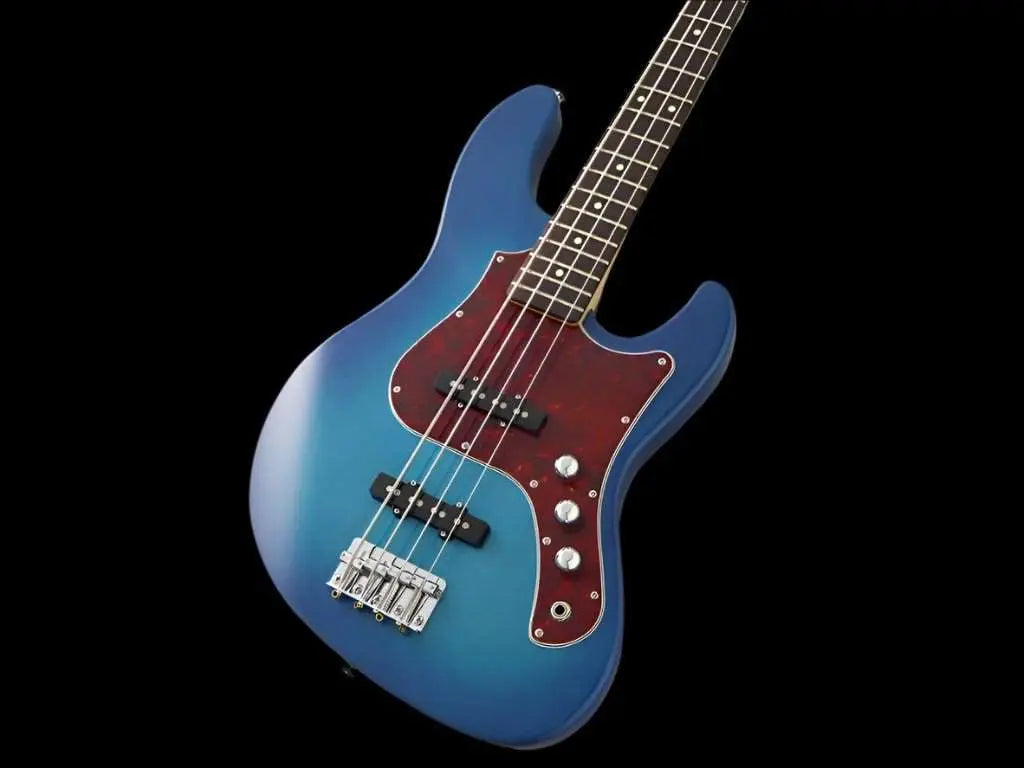

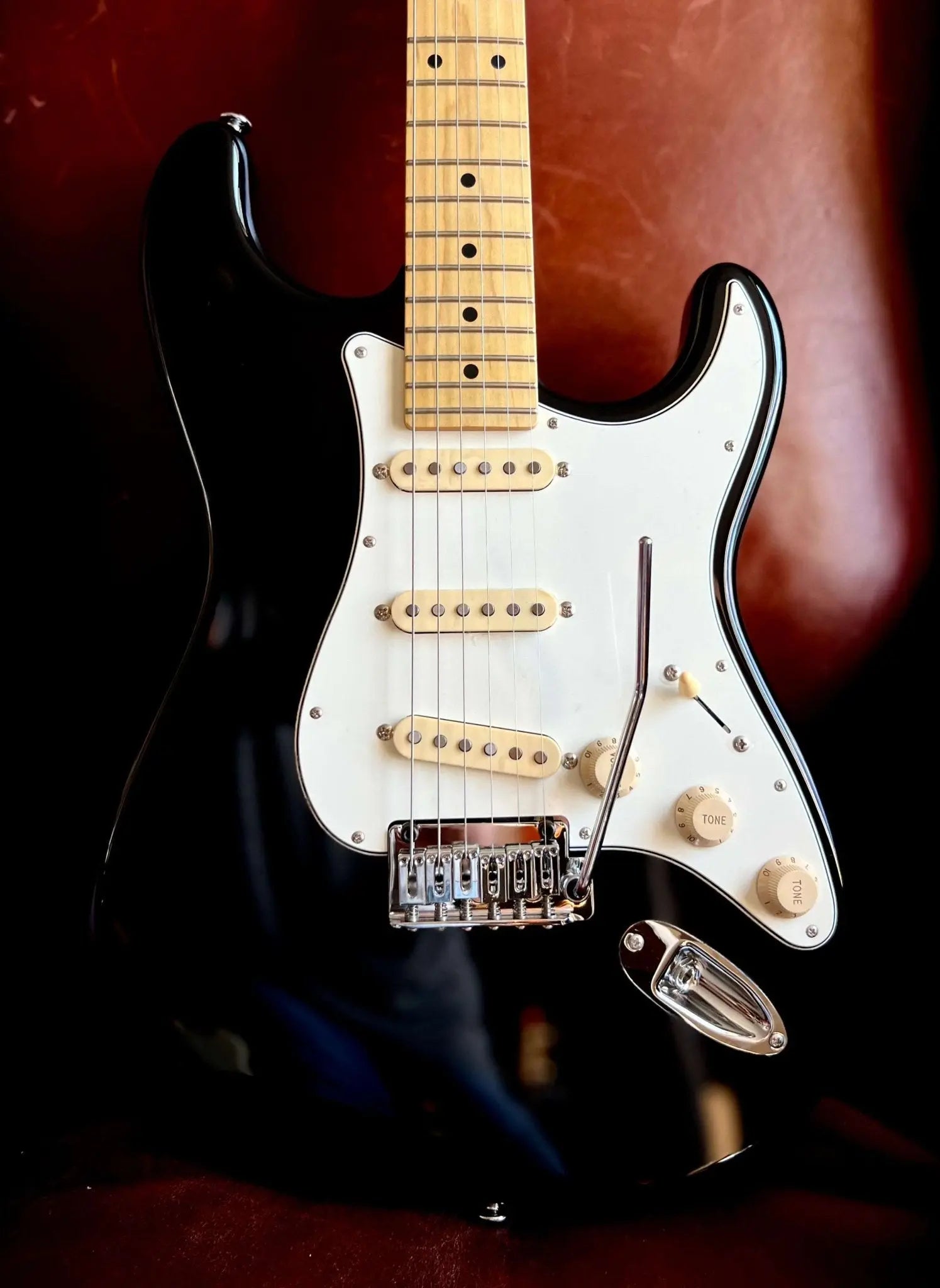
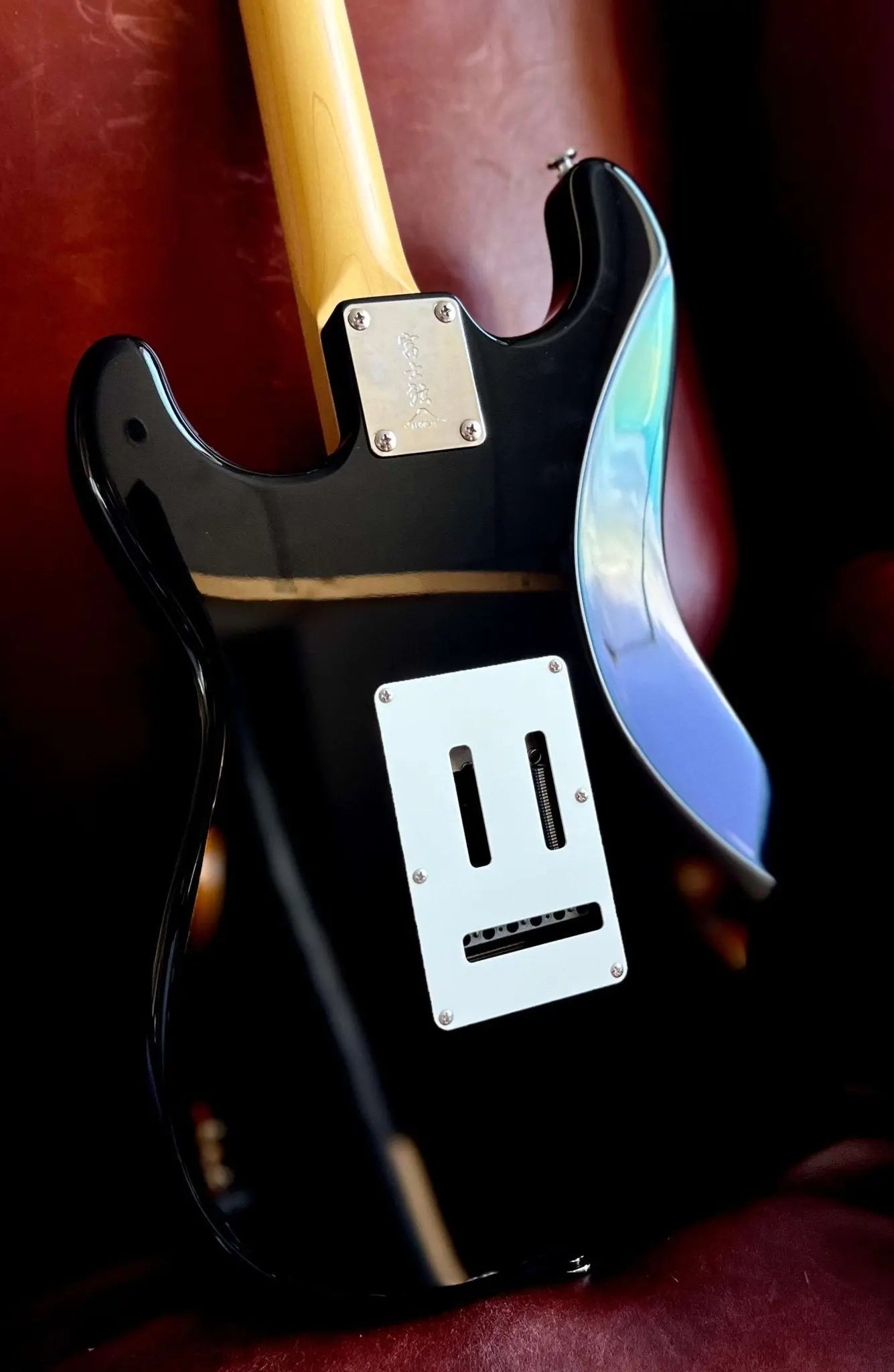











Leave a comment
This site is protected by hCaptcha and the hCaptcha Privacy Policy and Terms of Service apply.